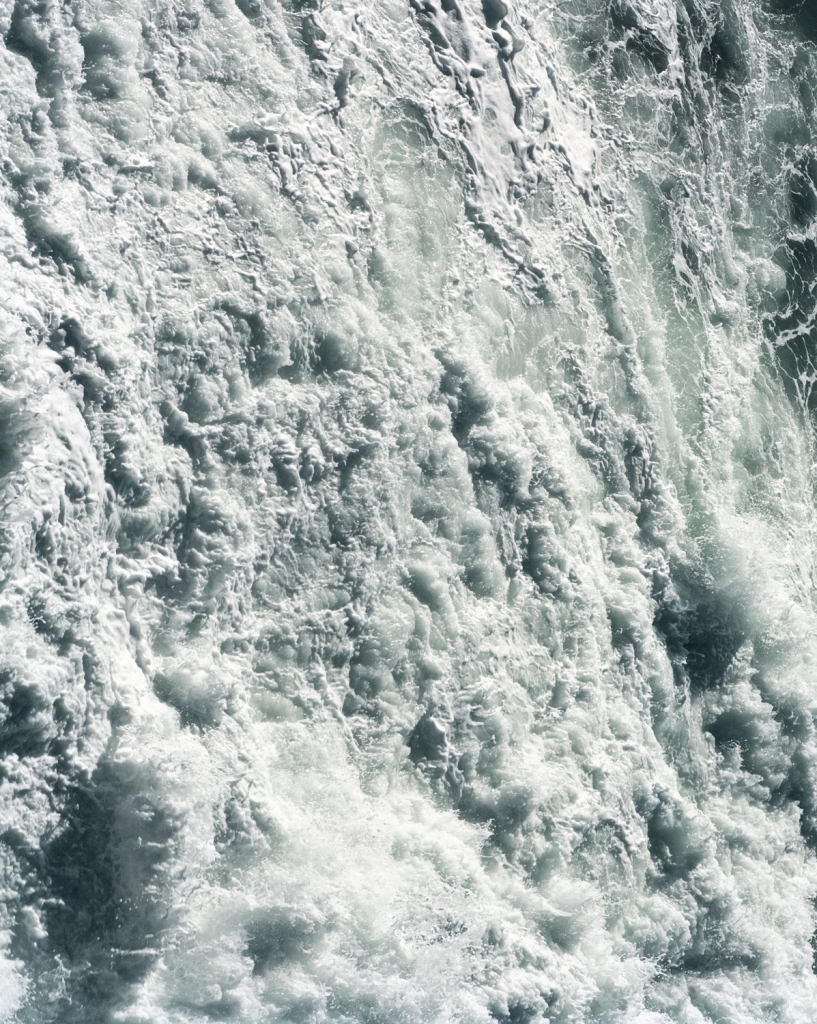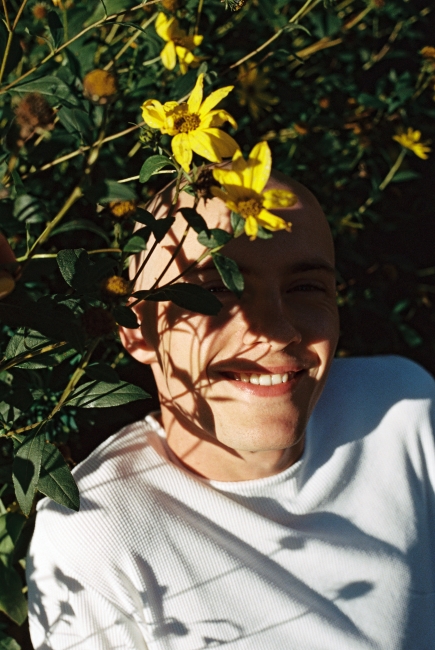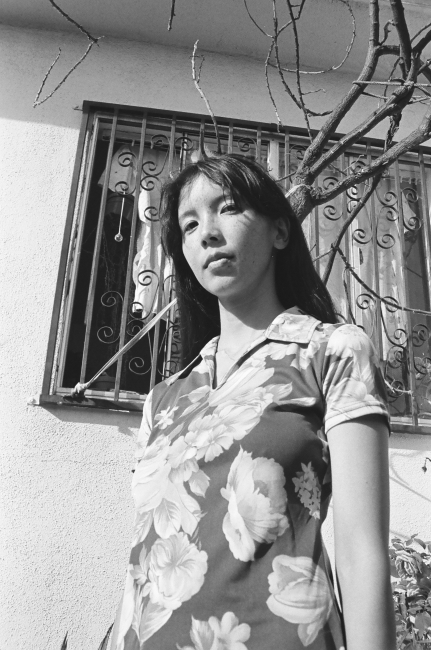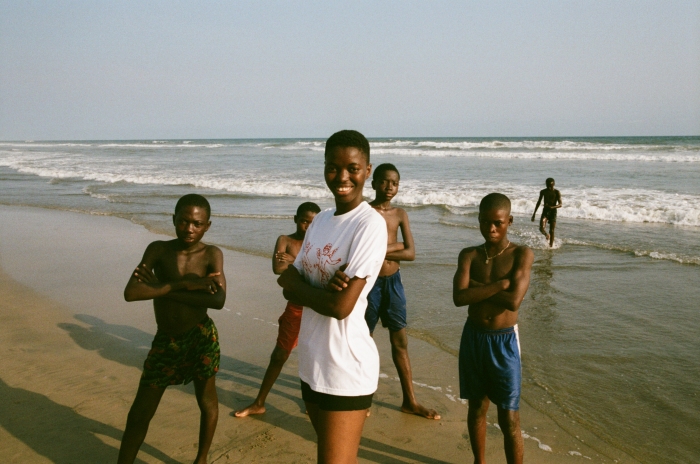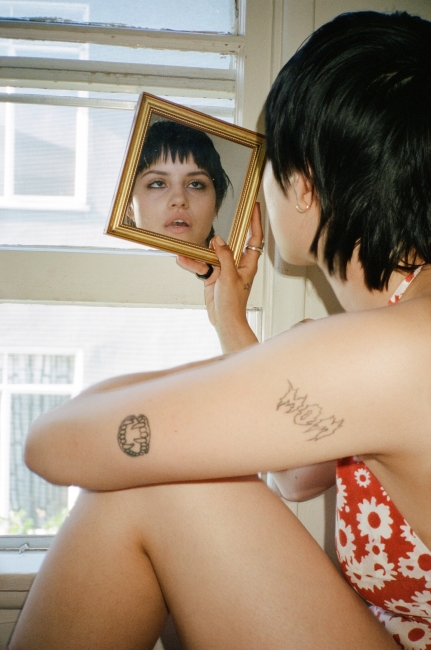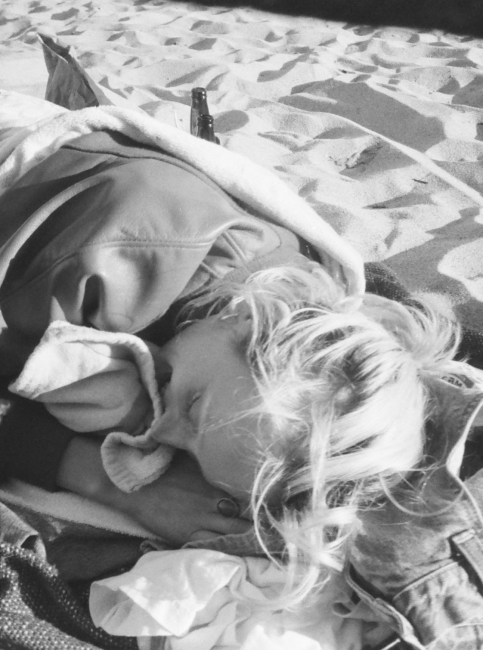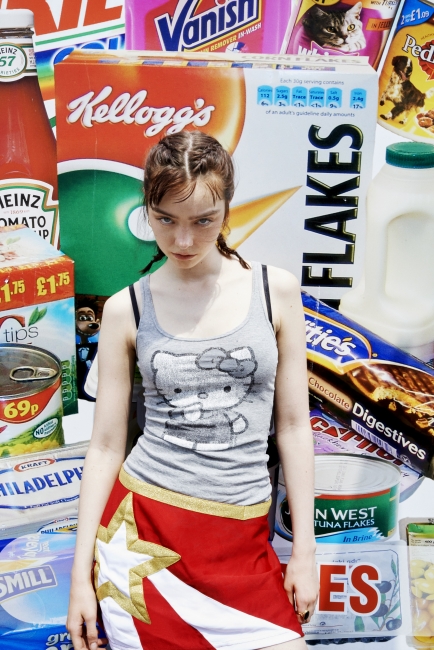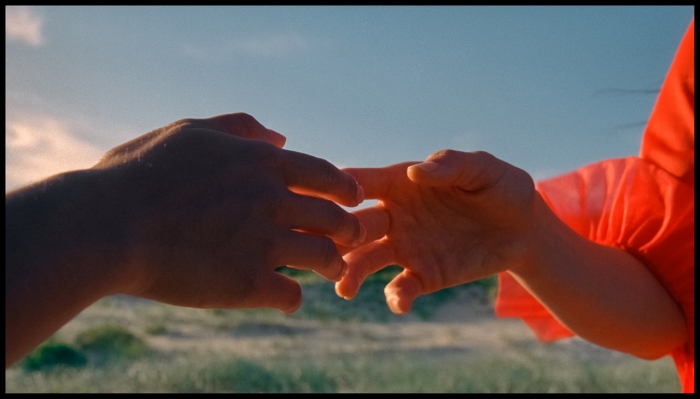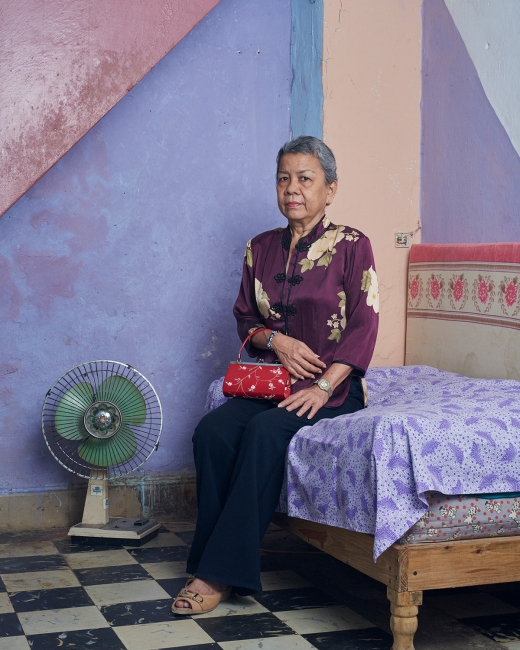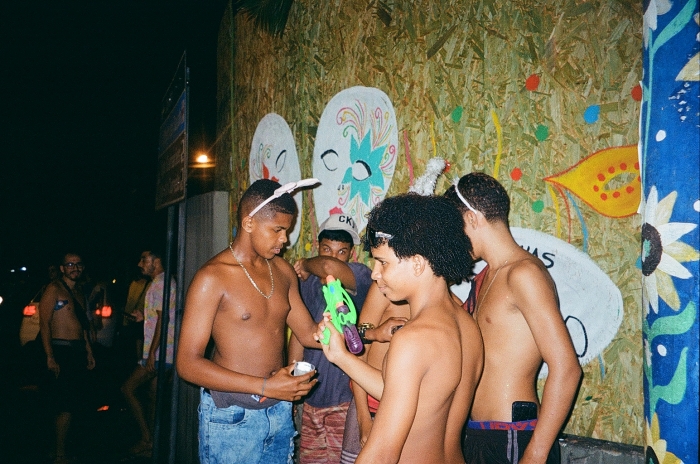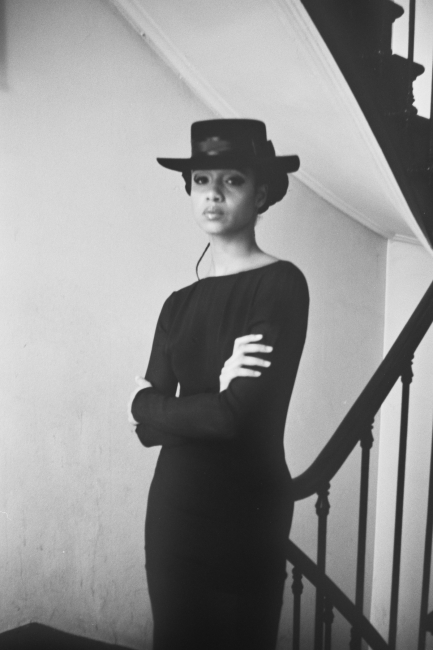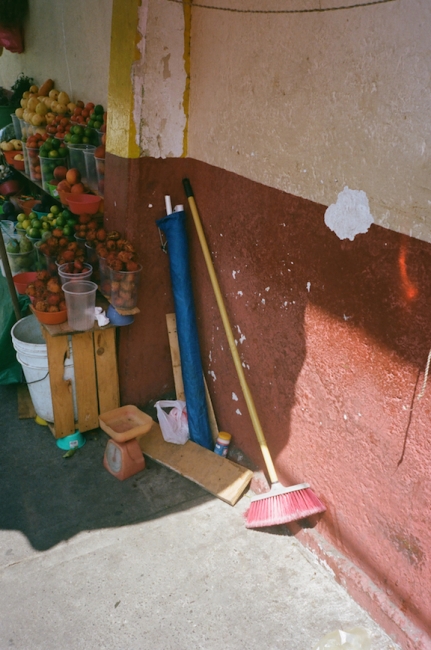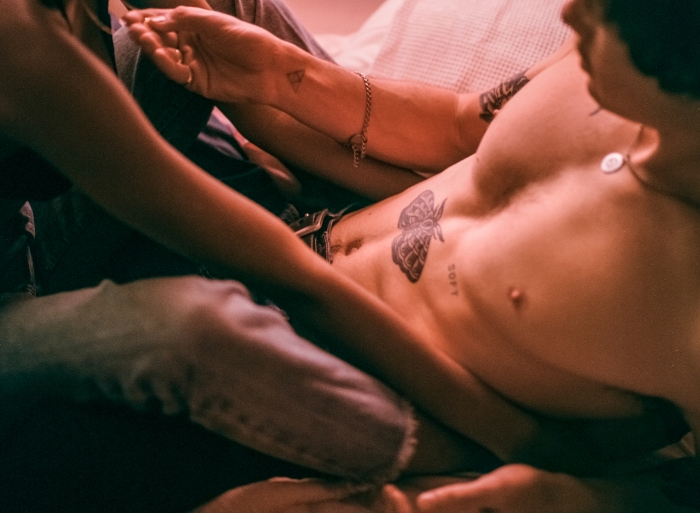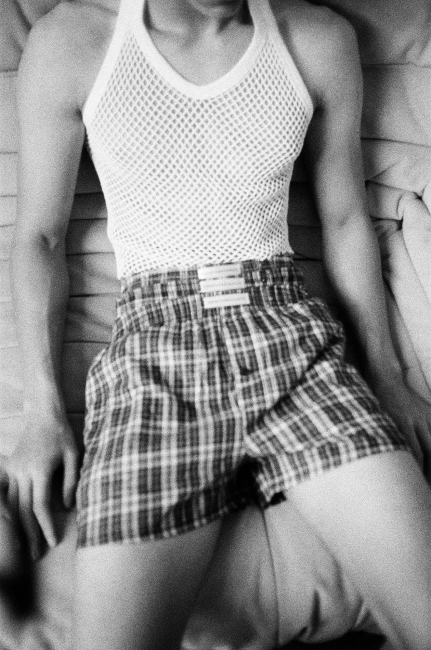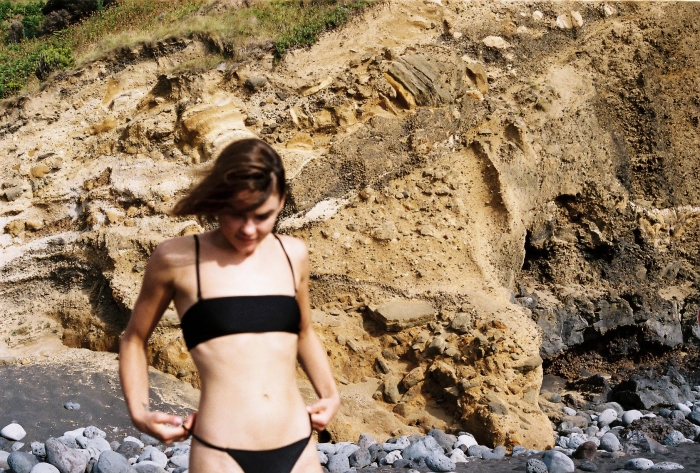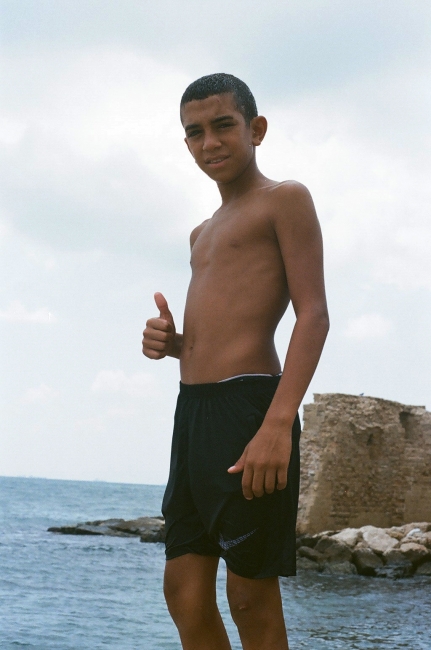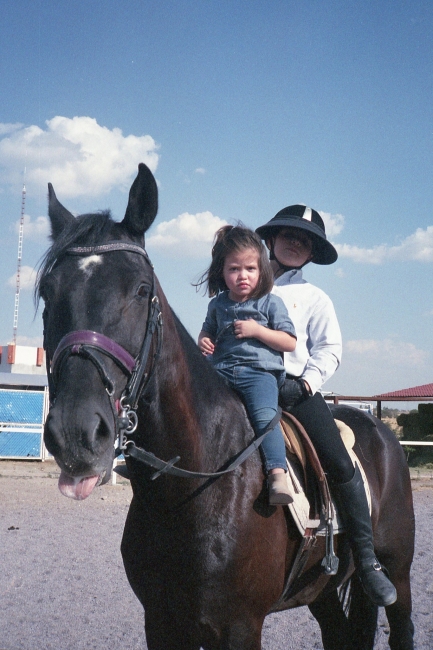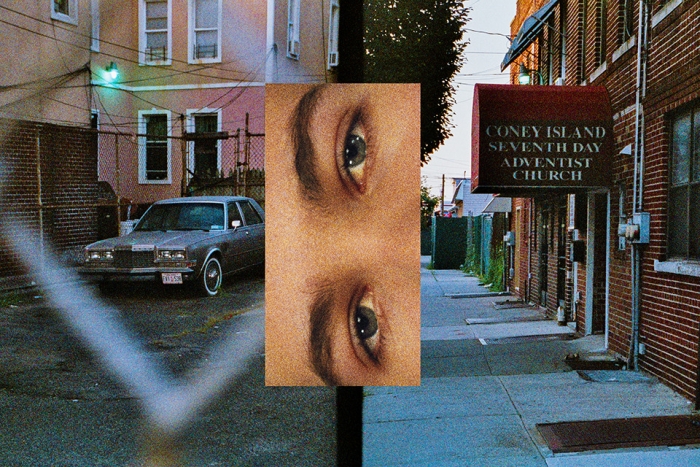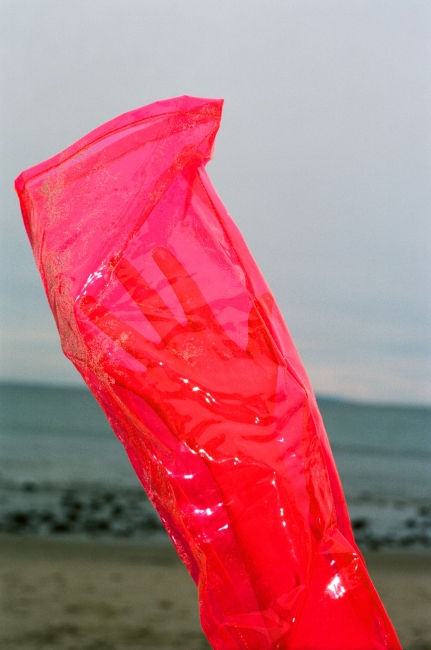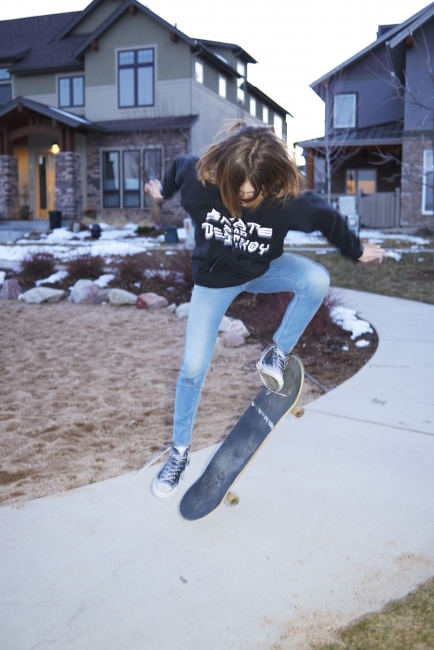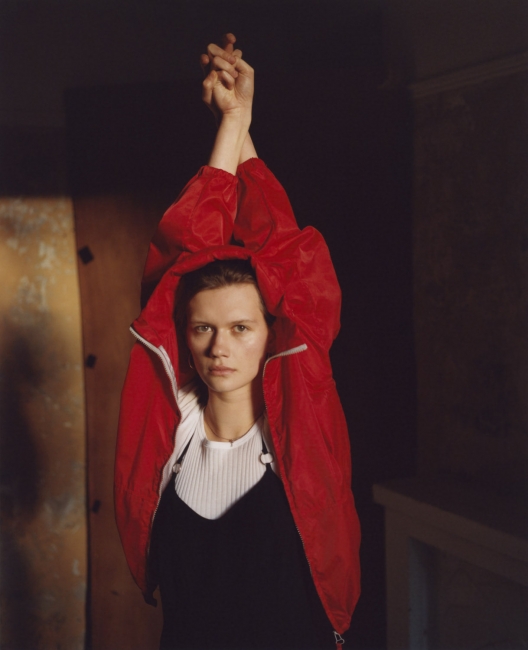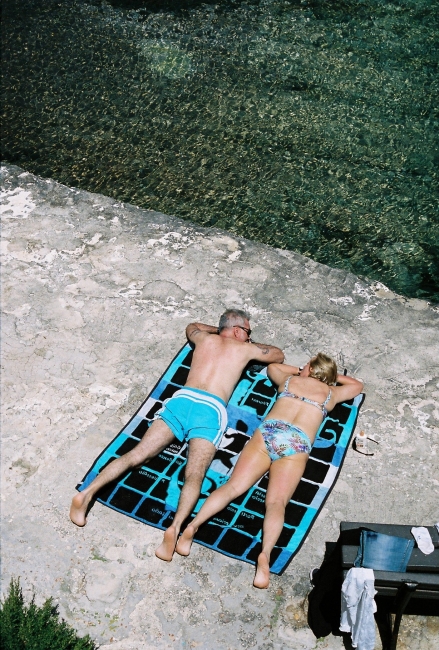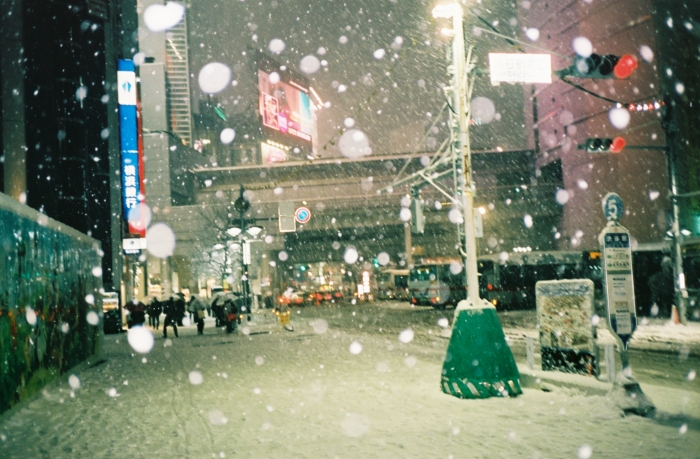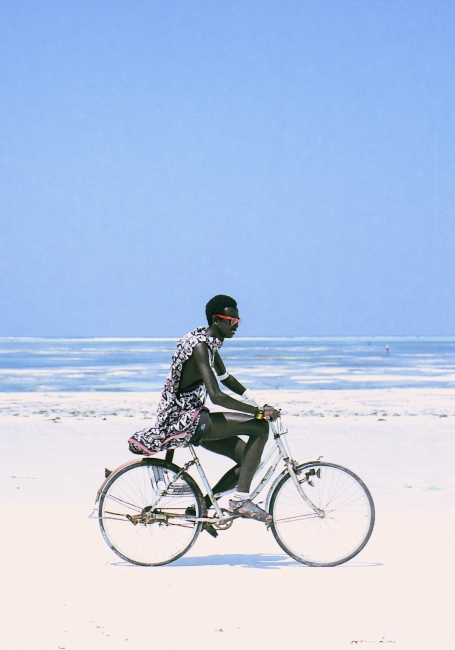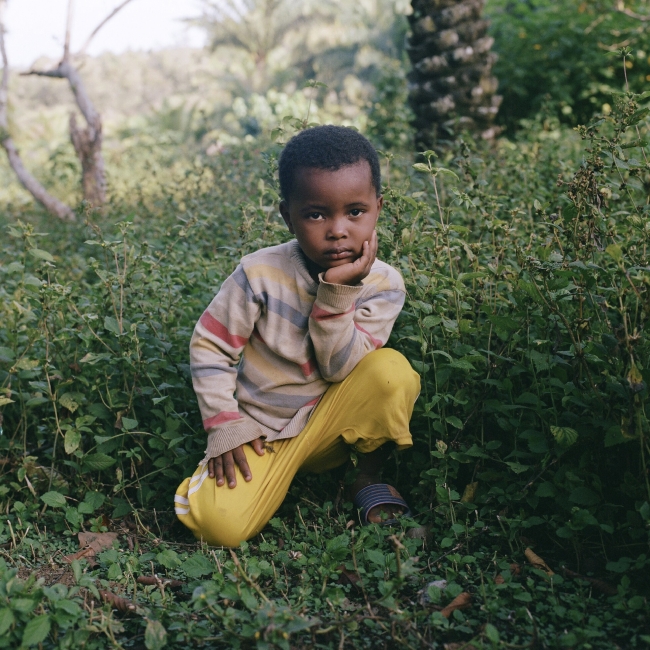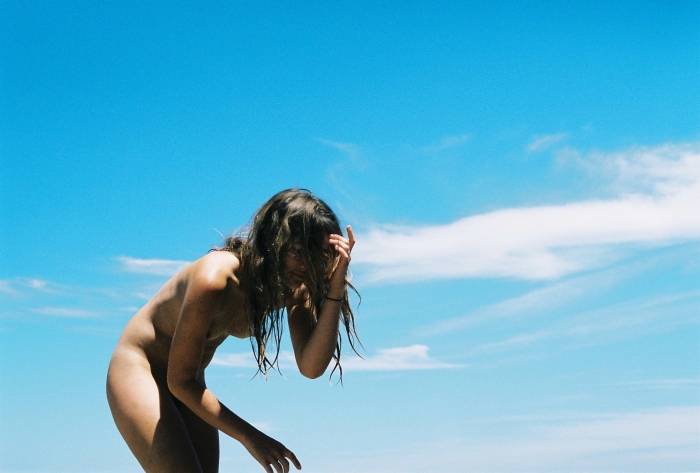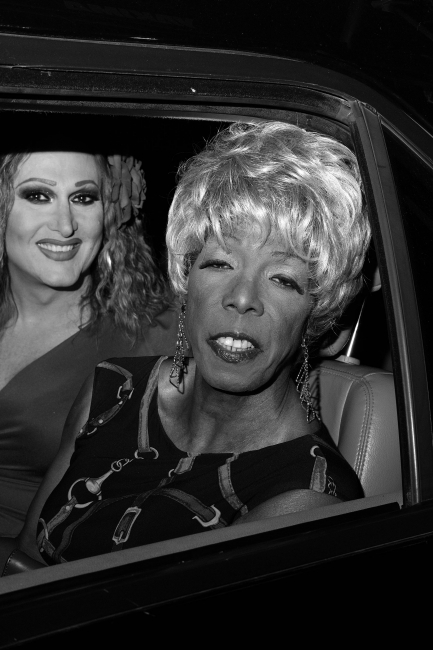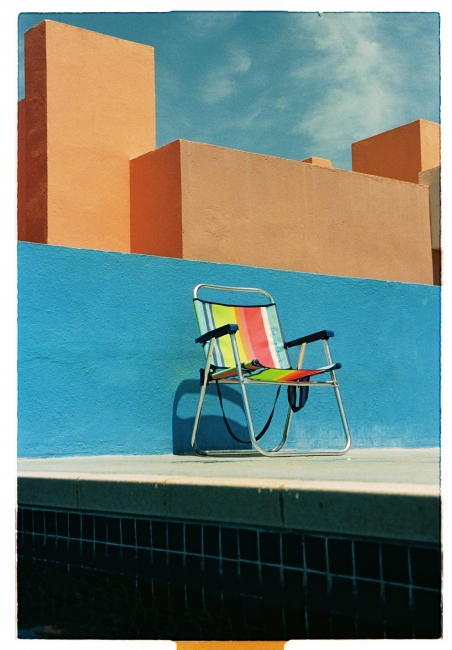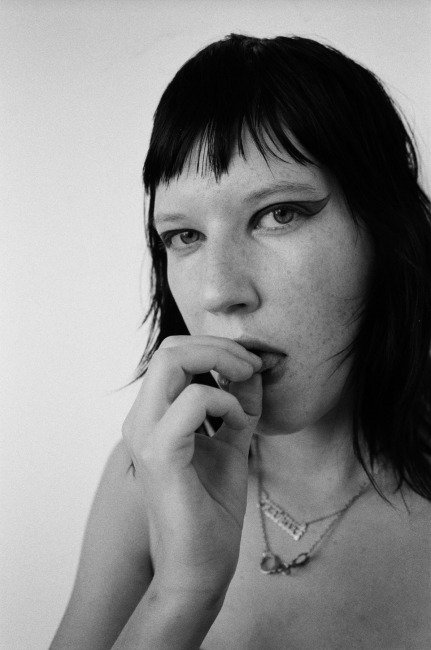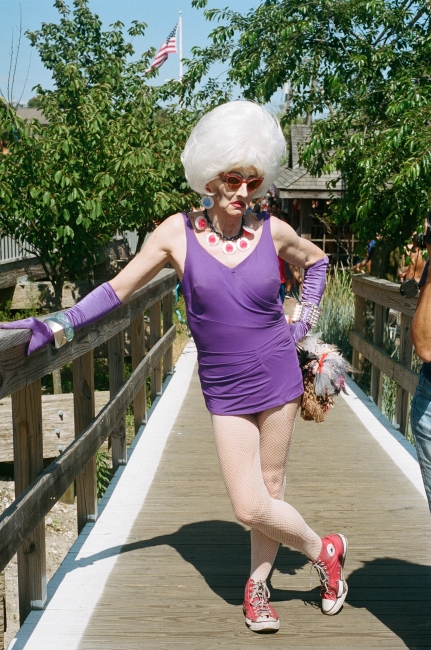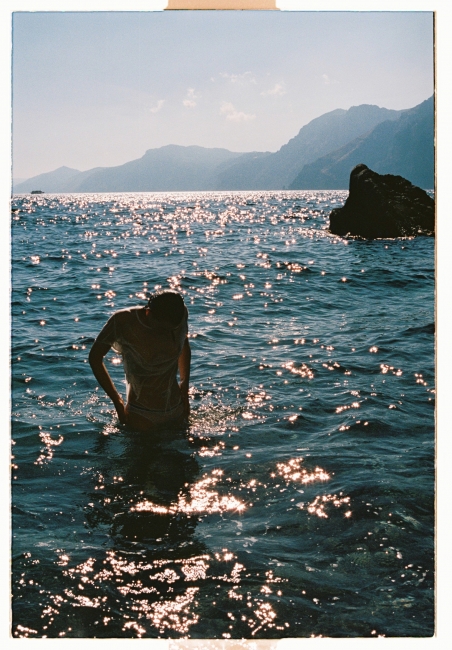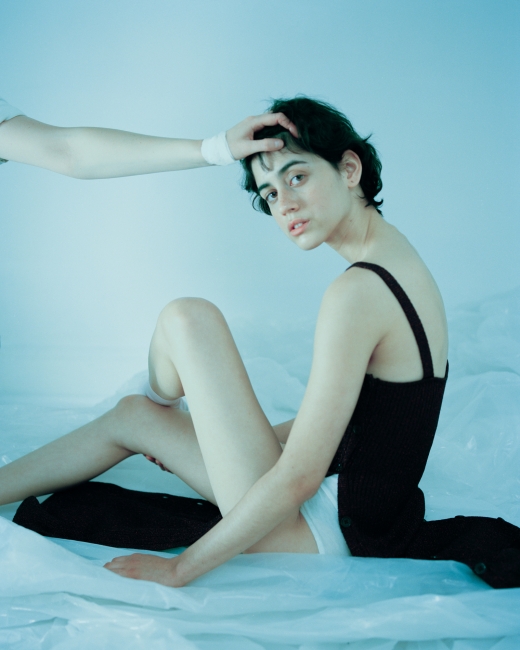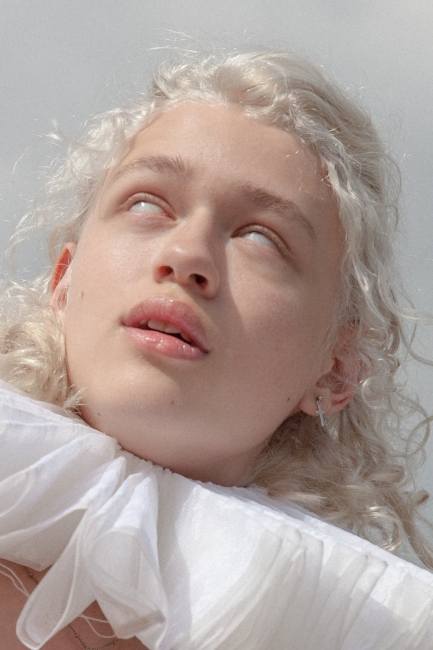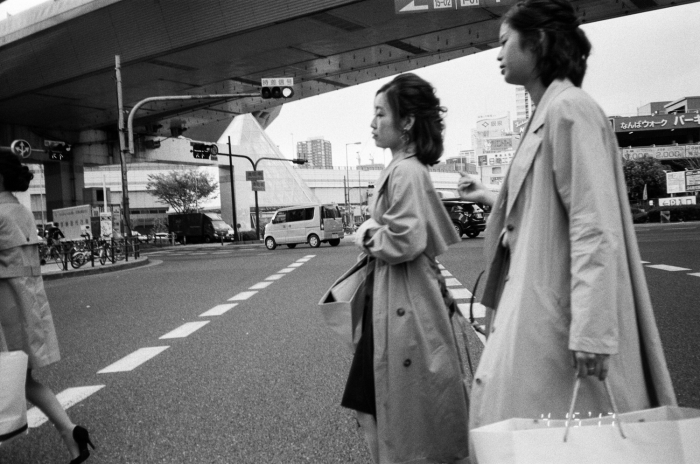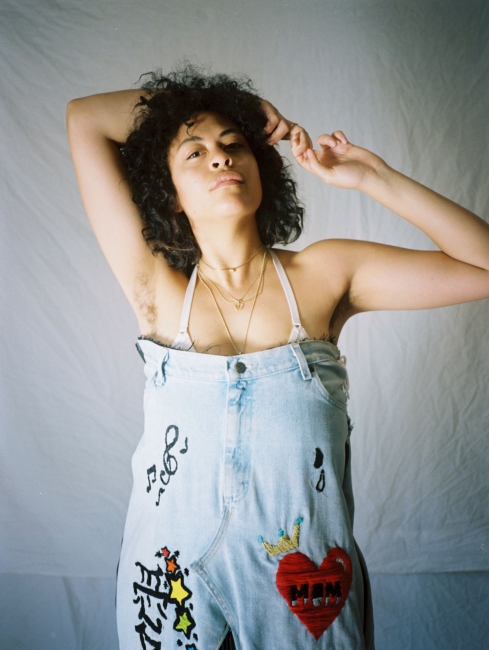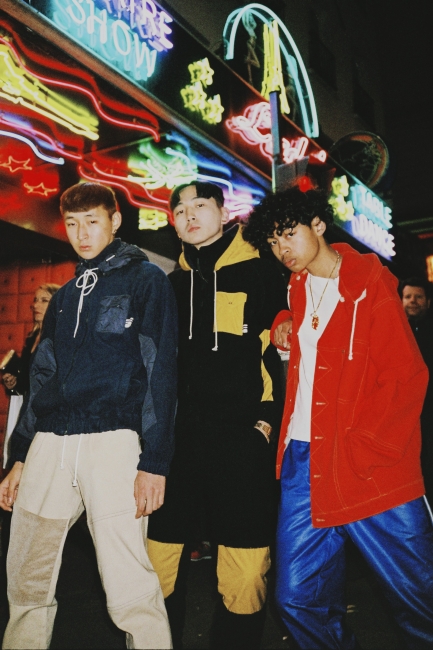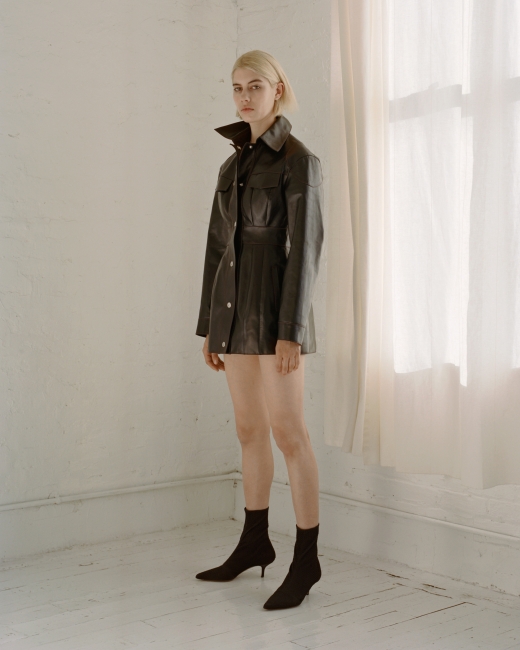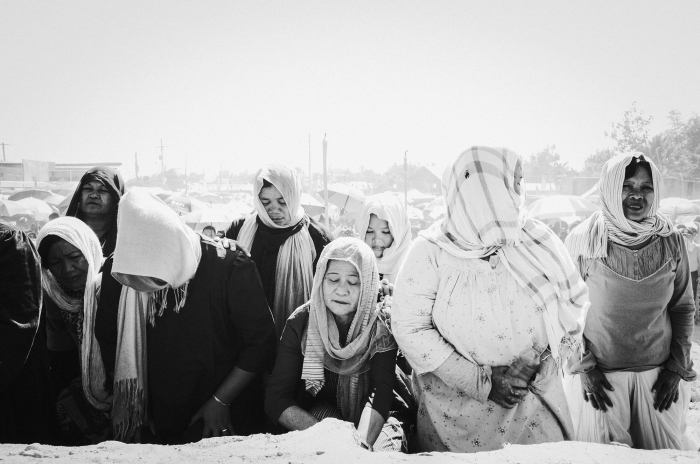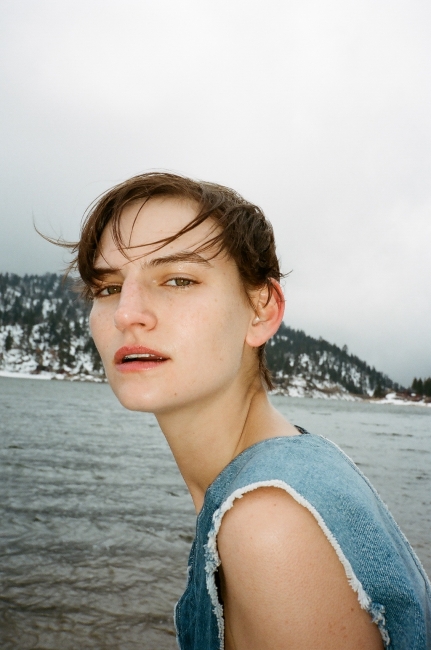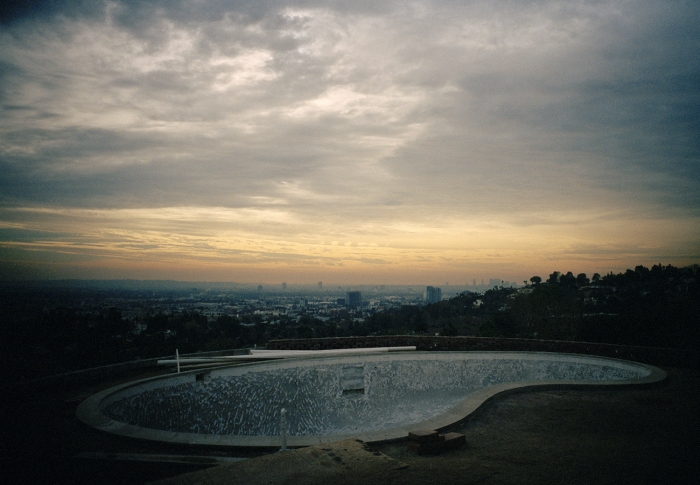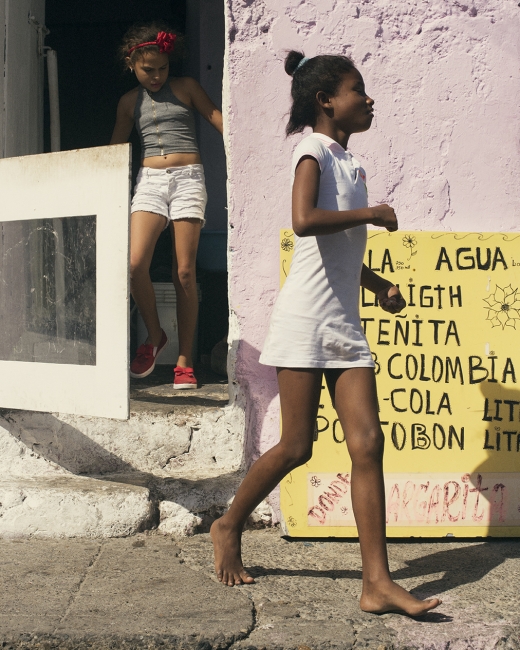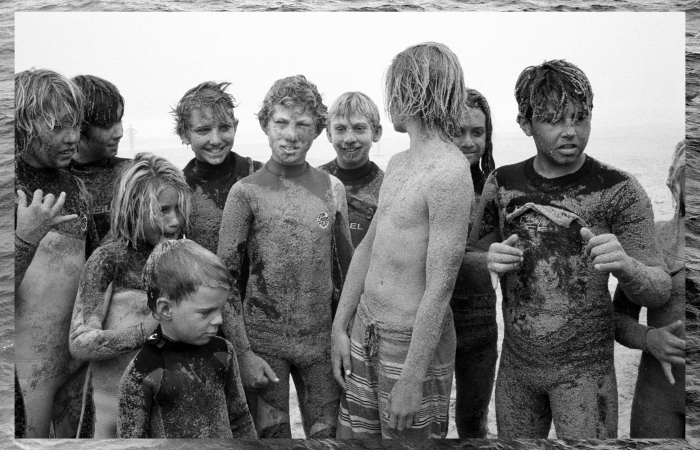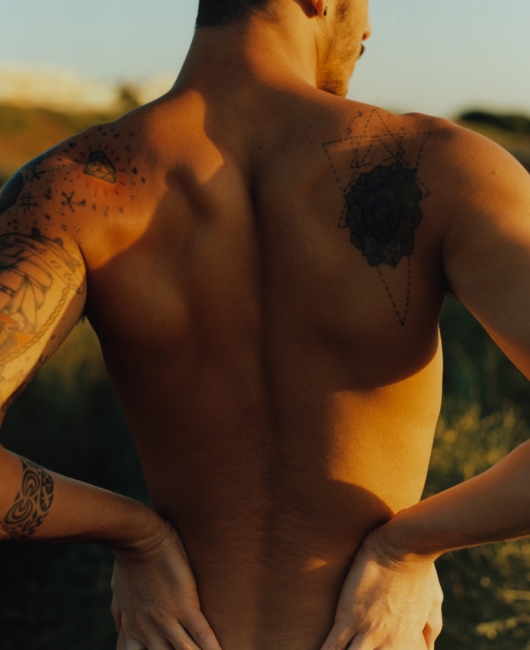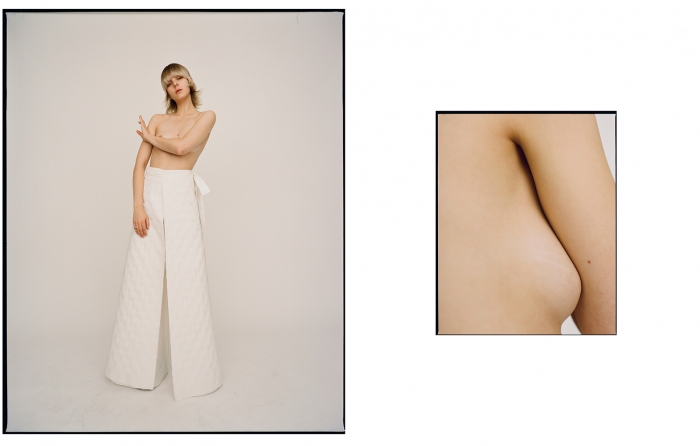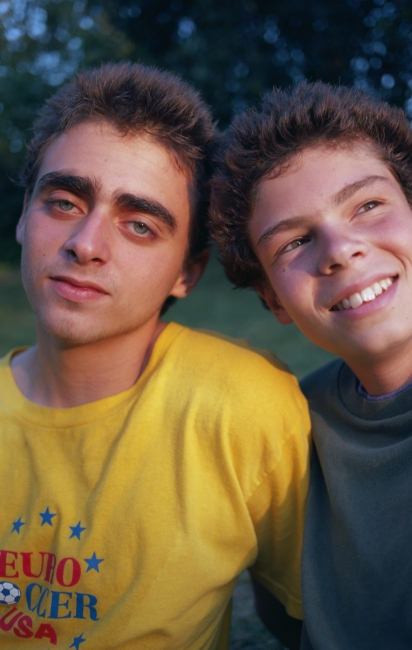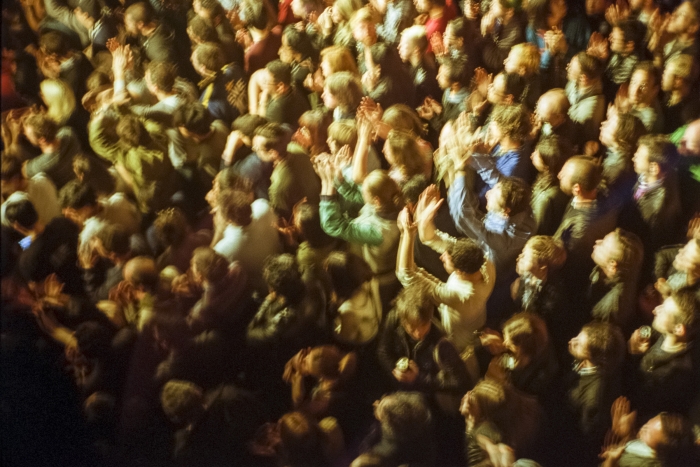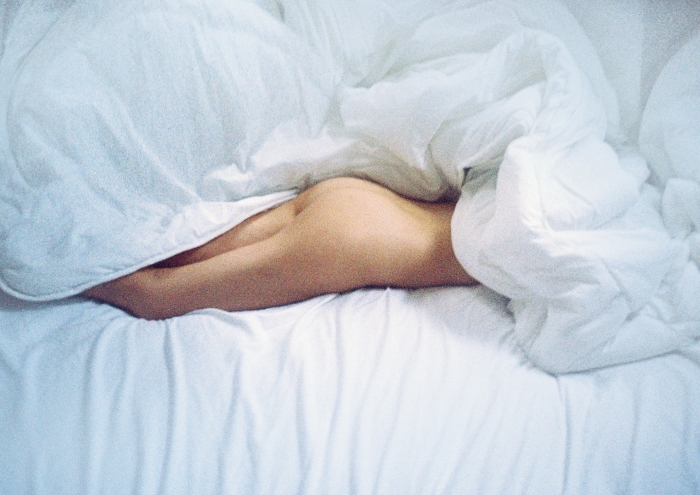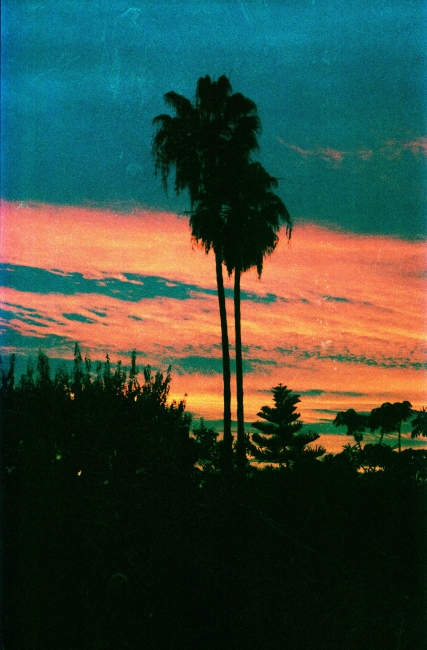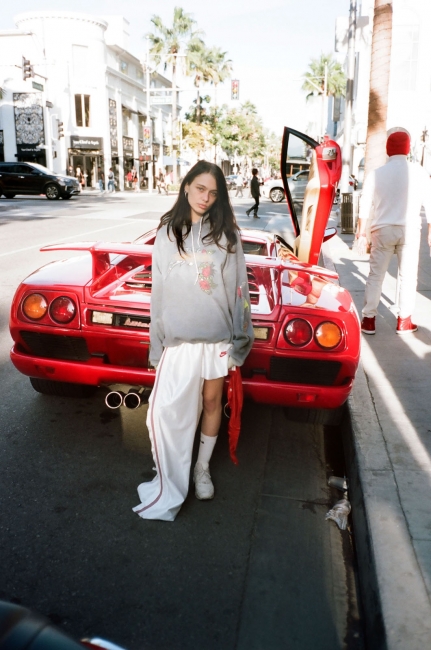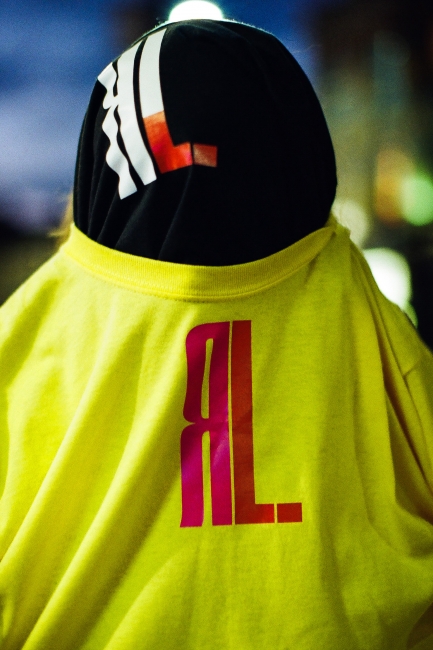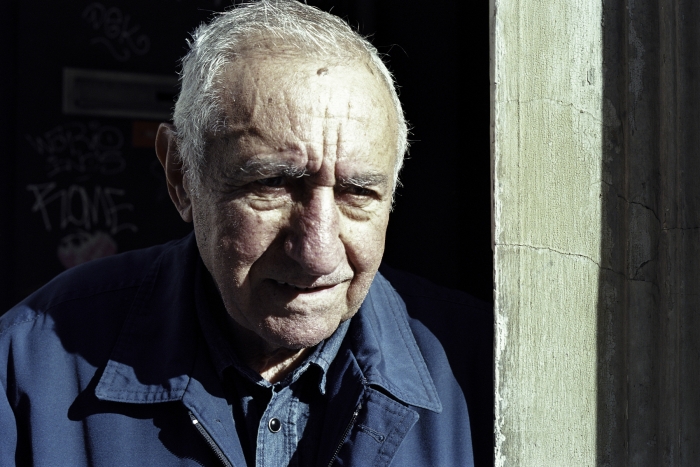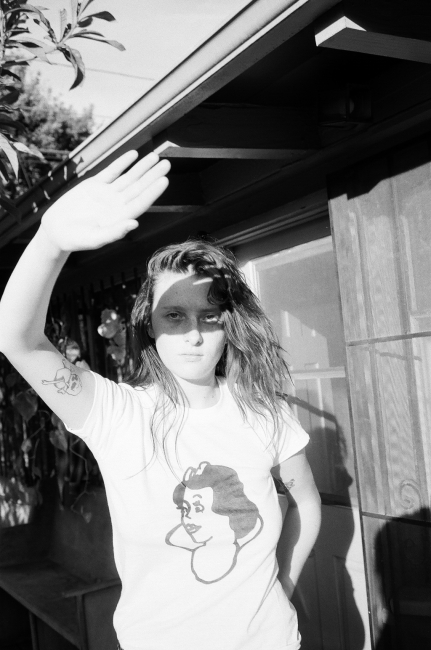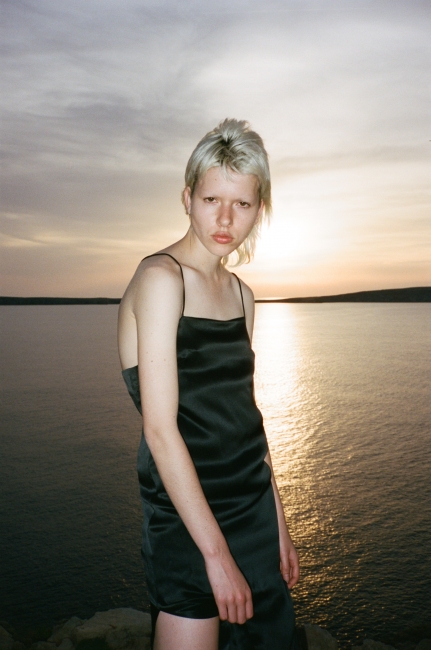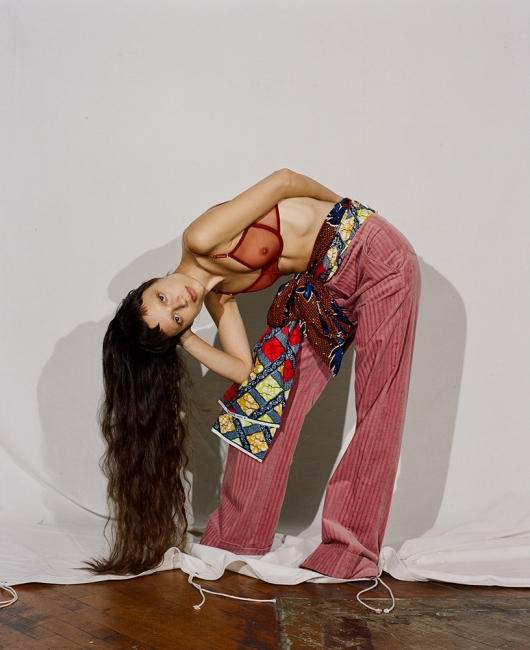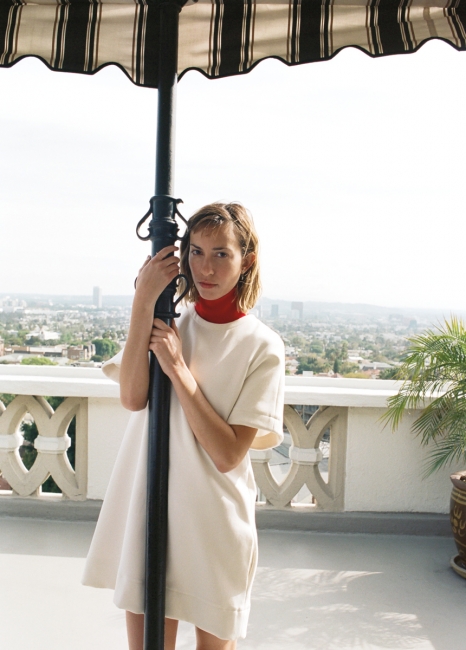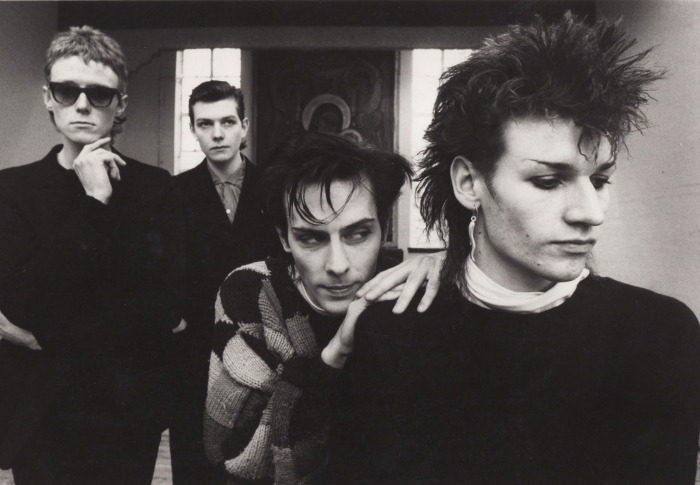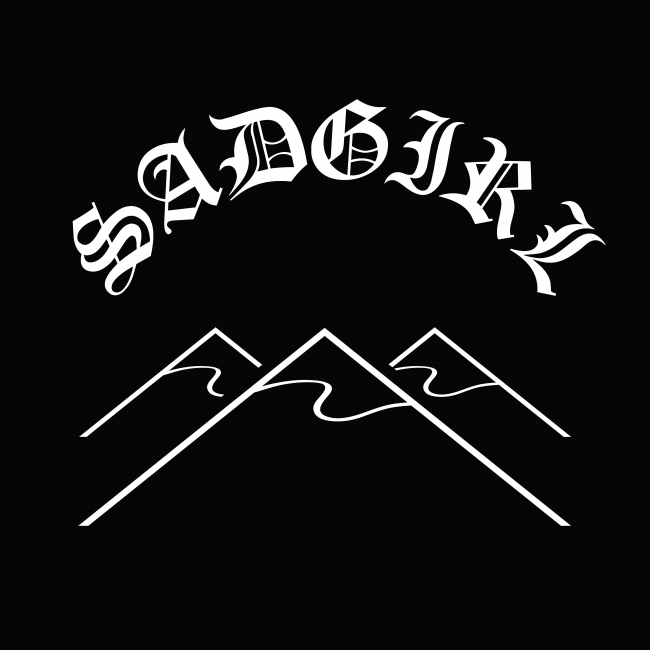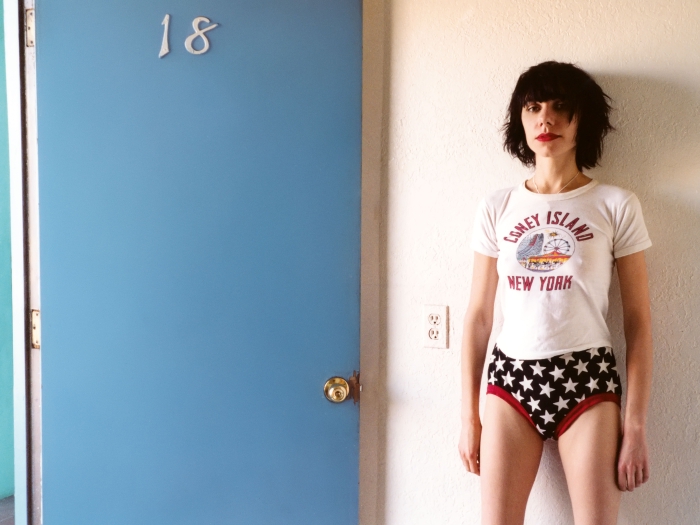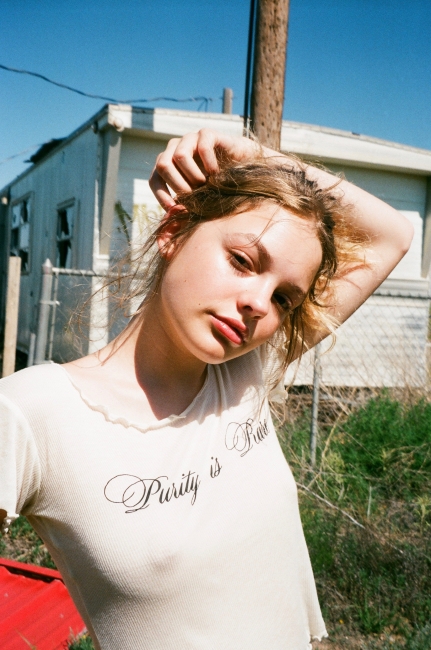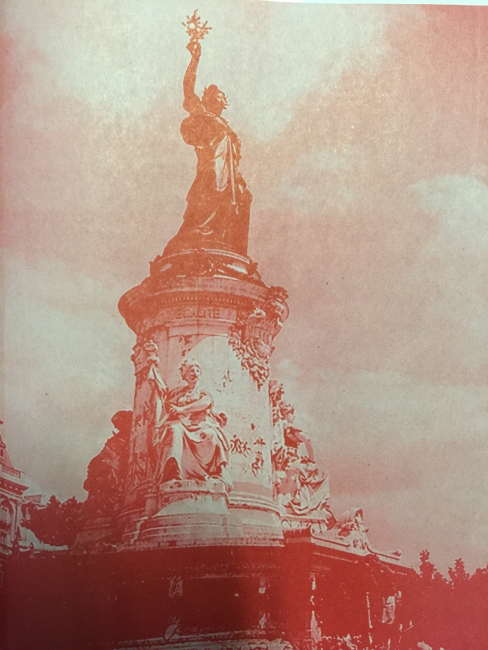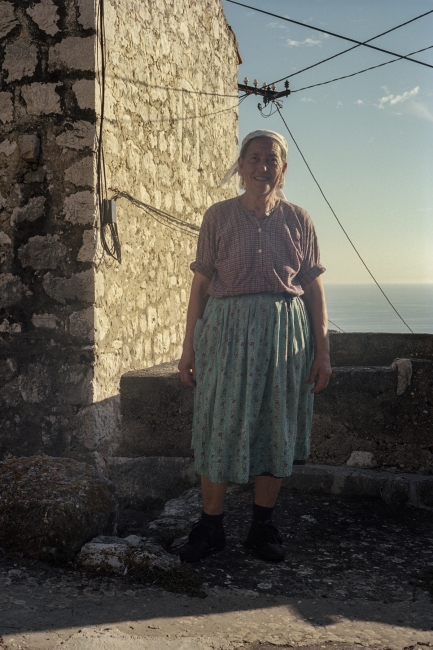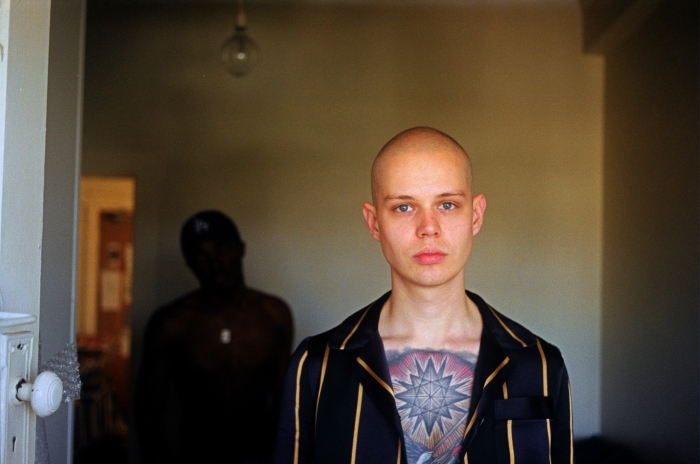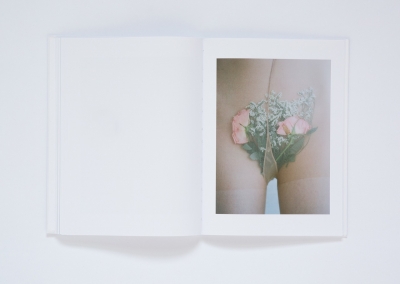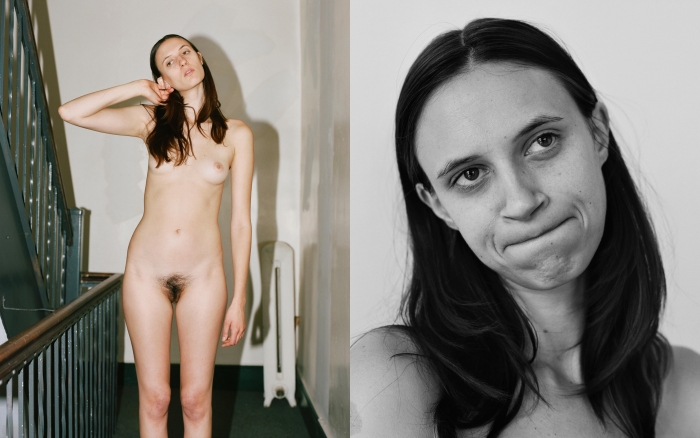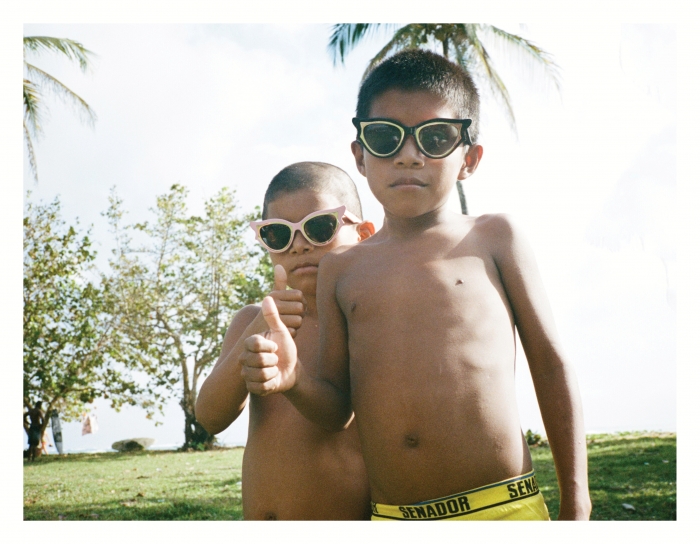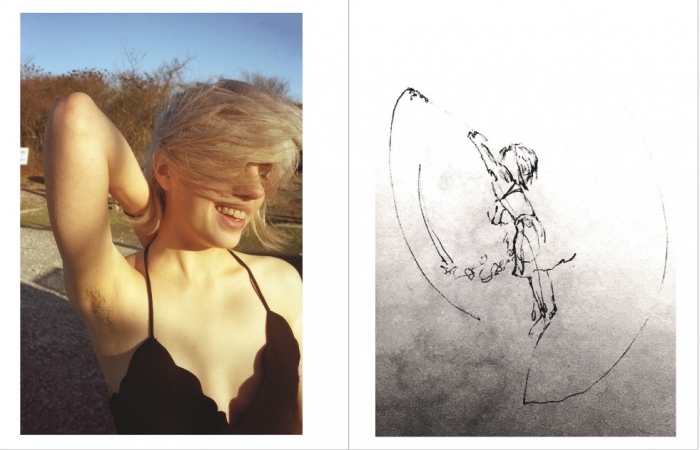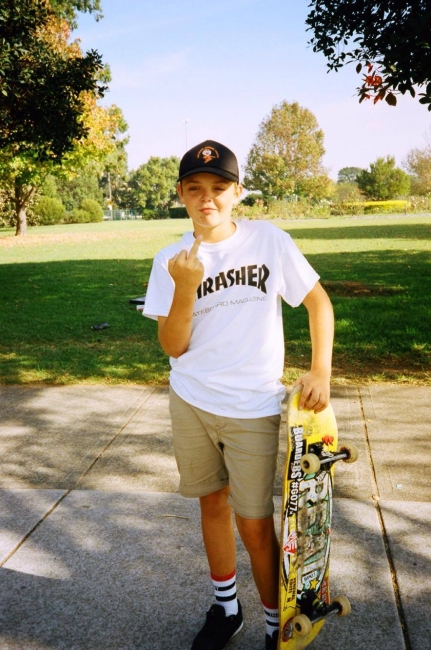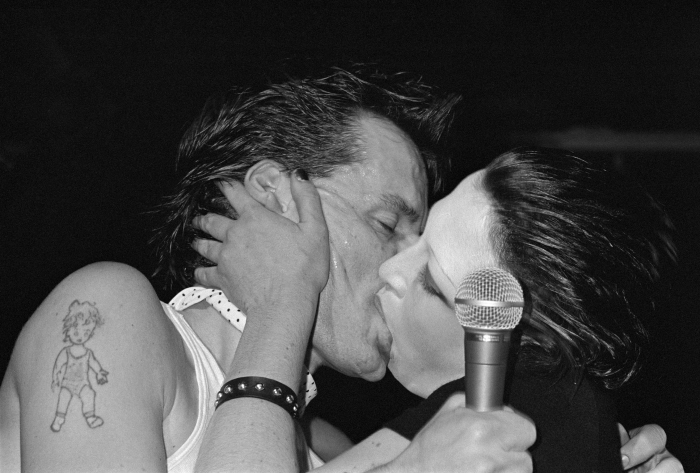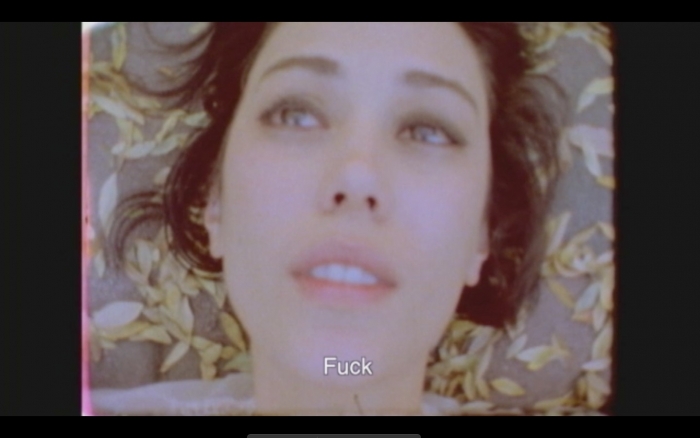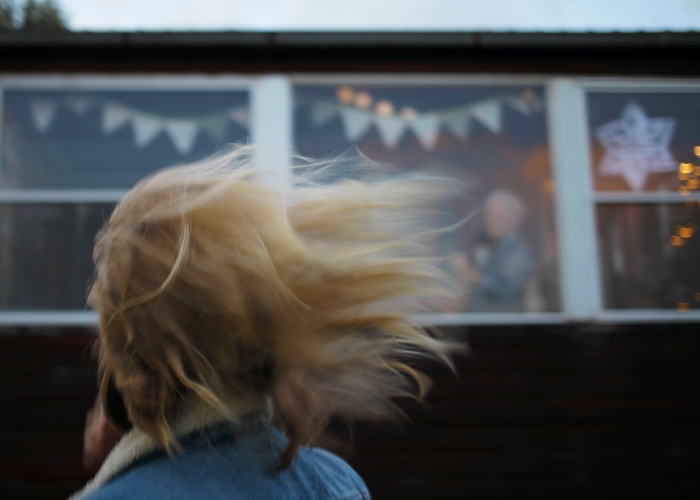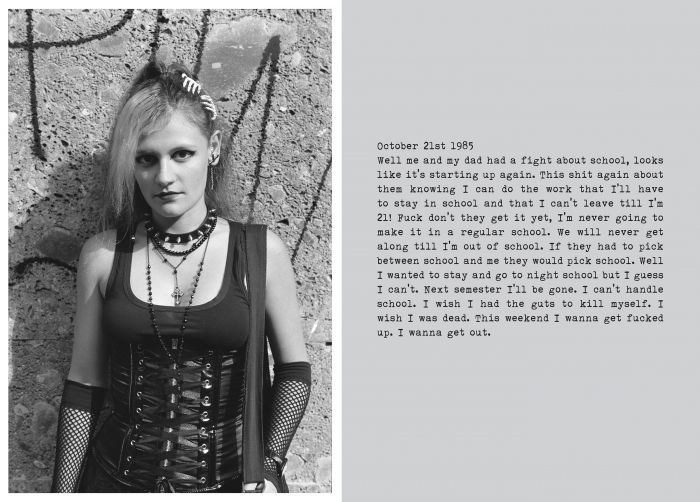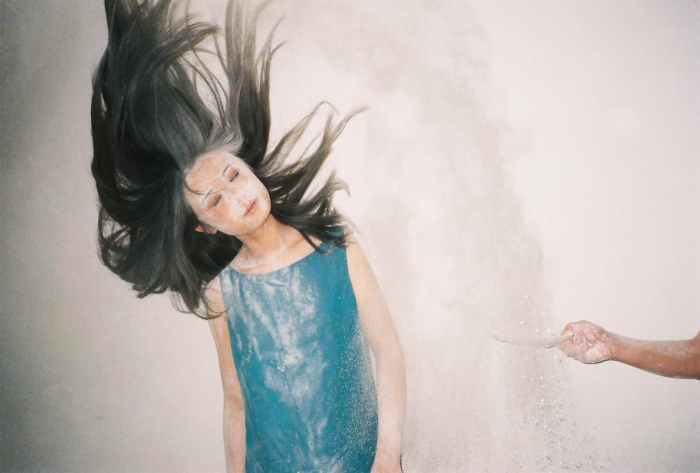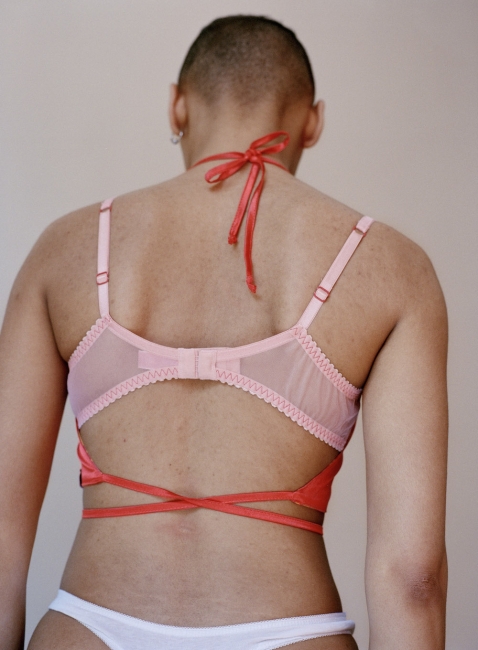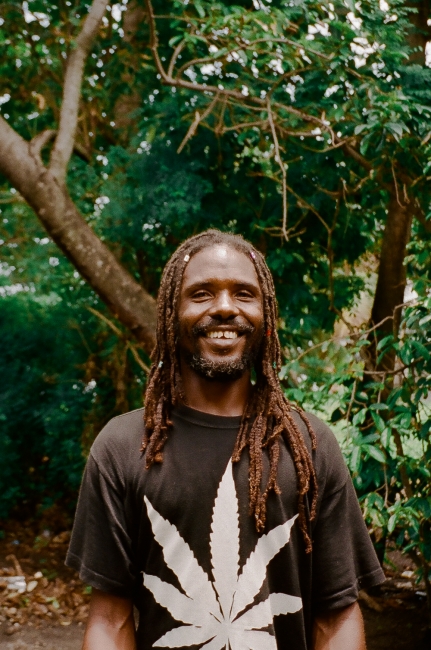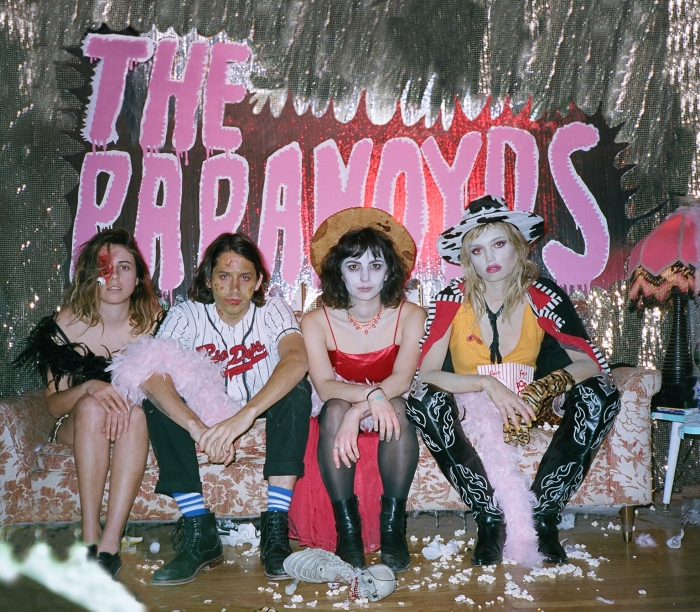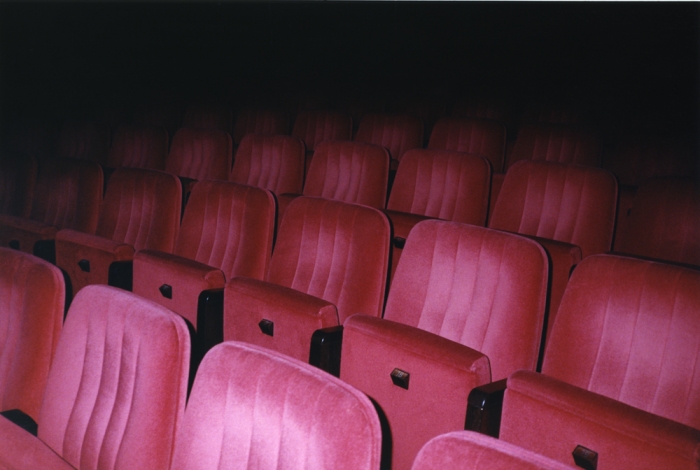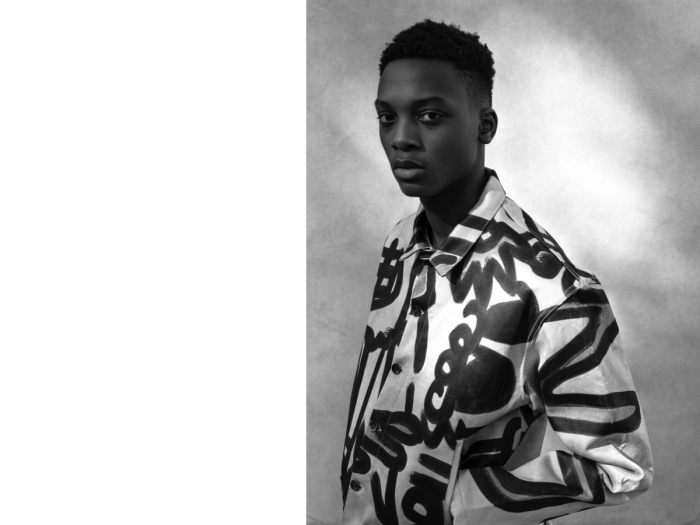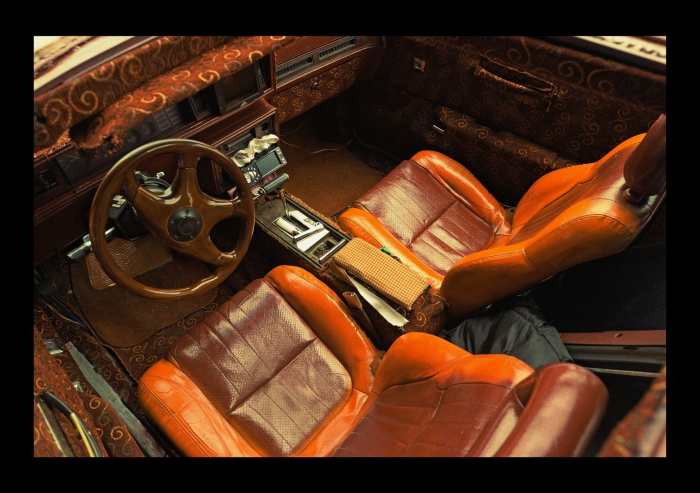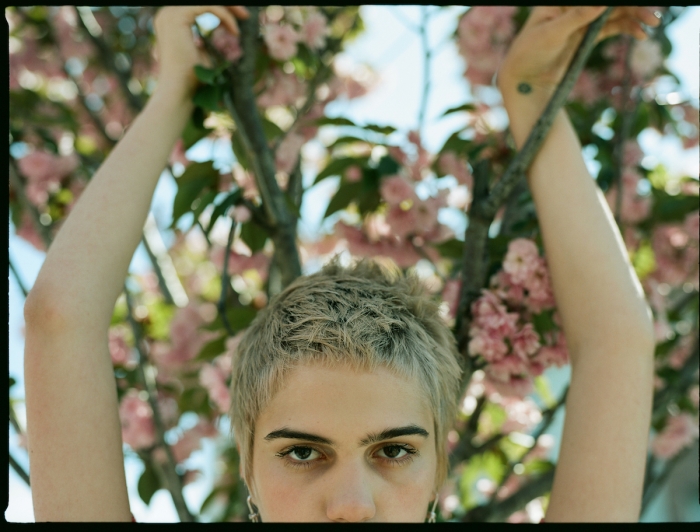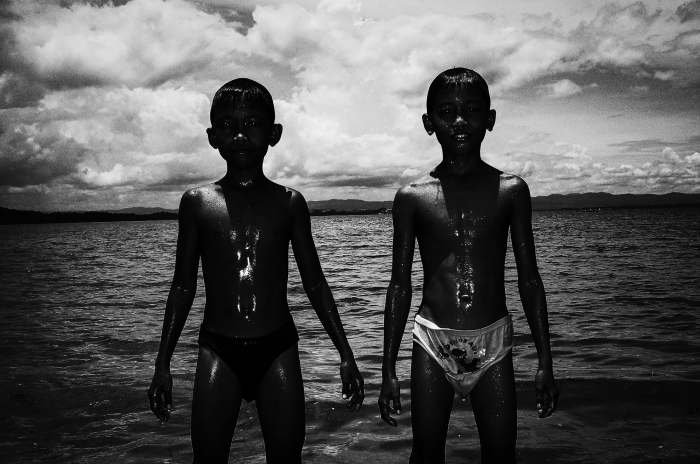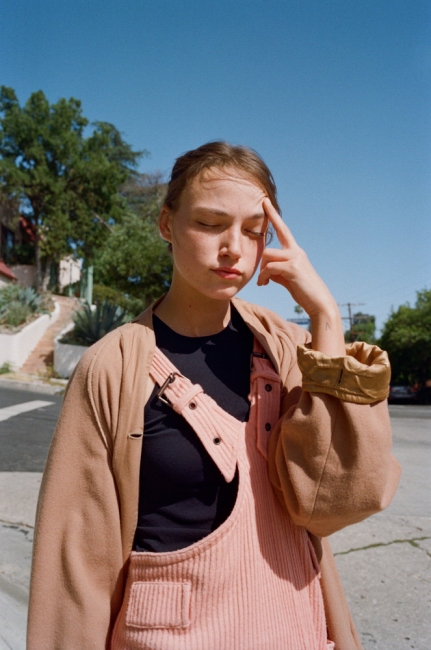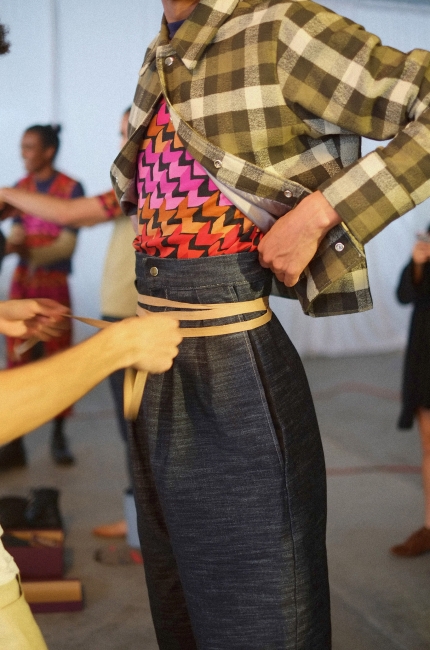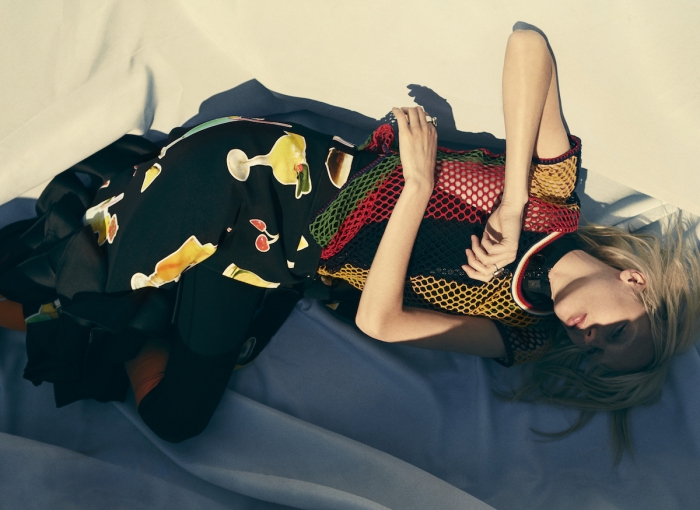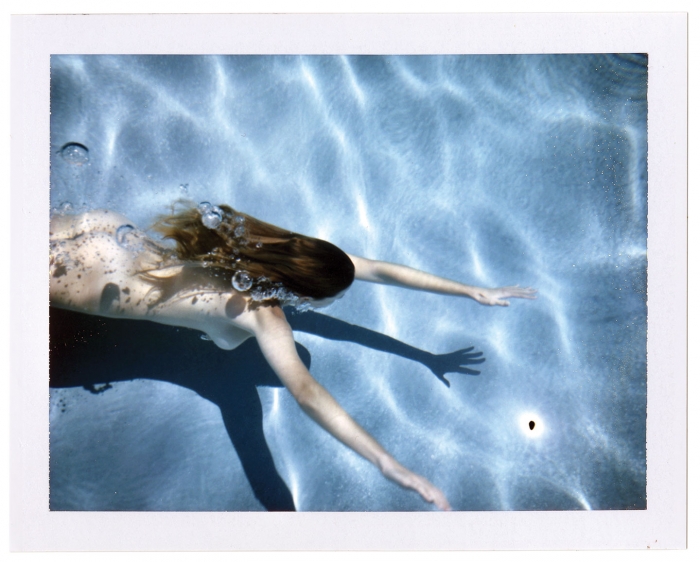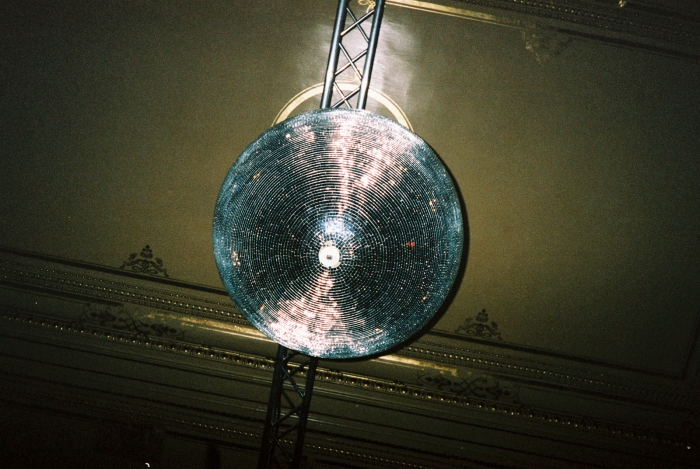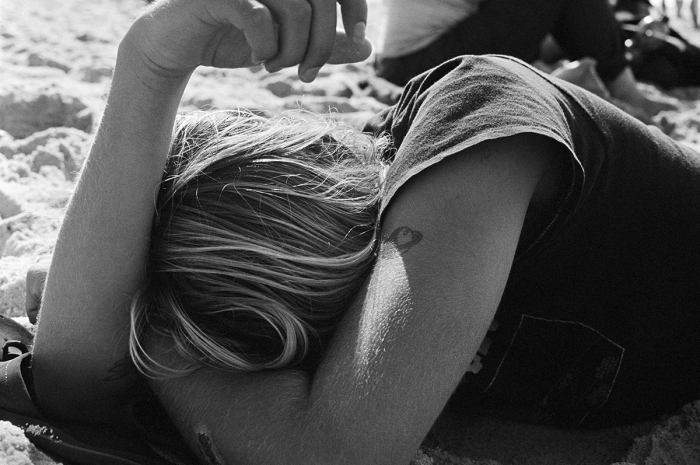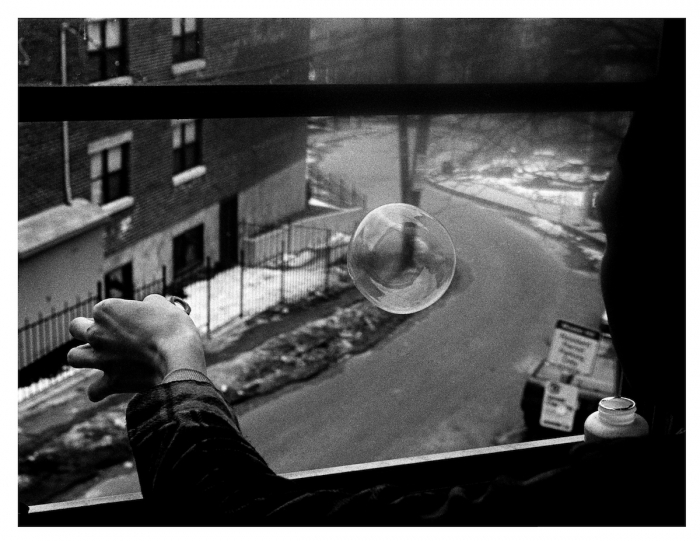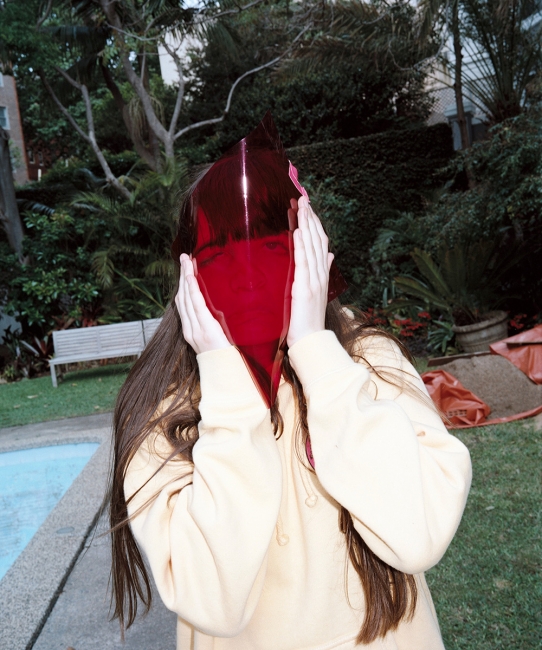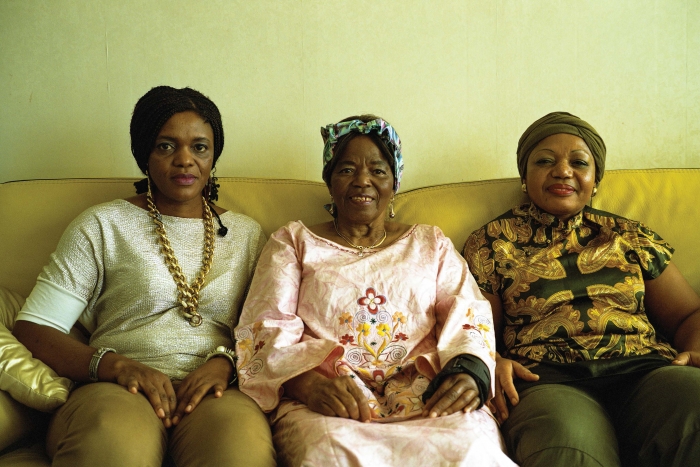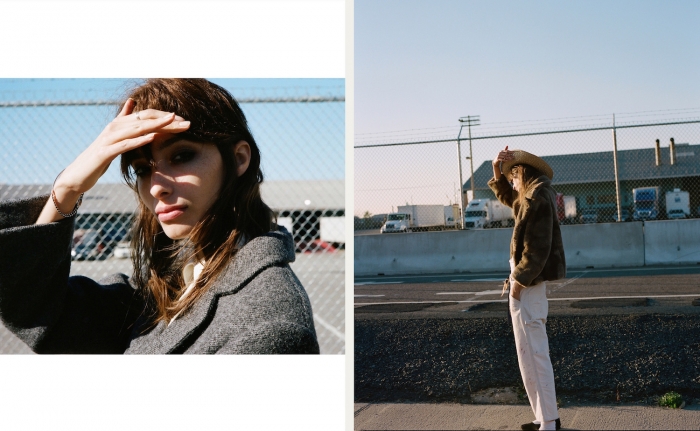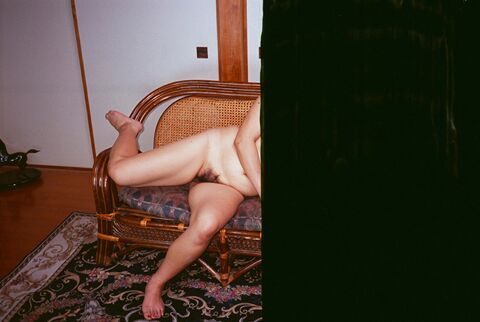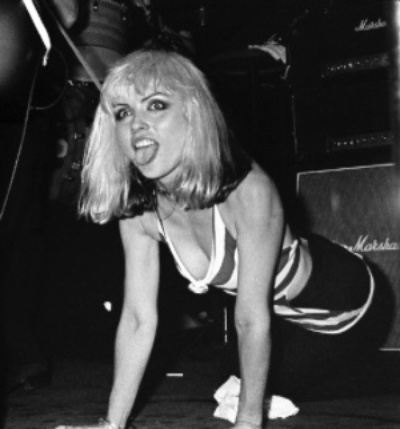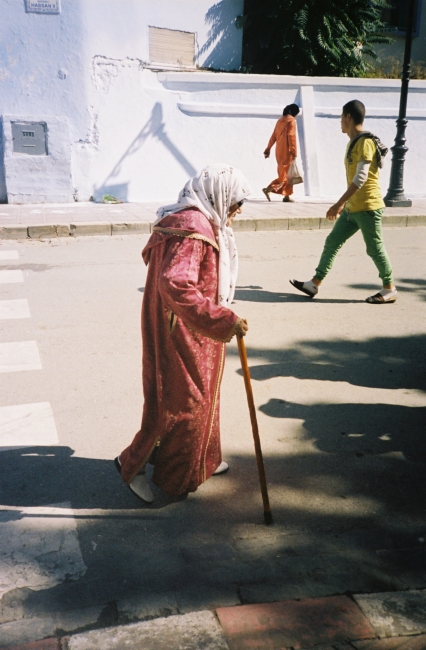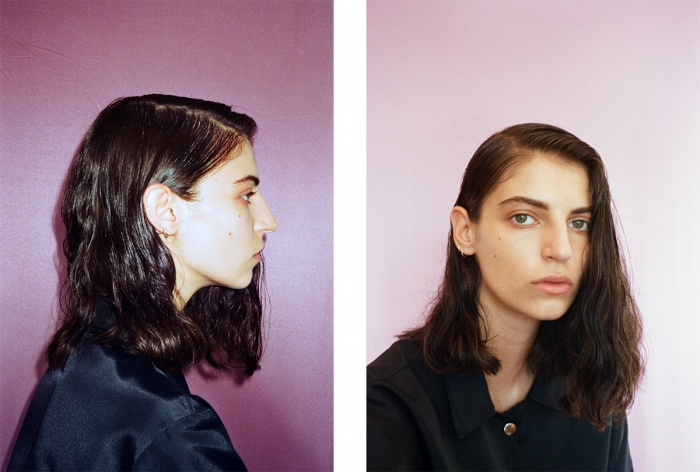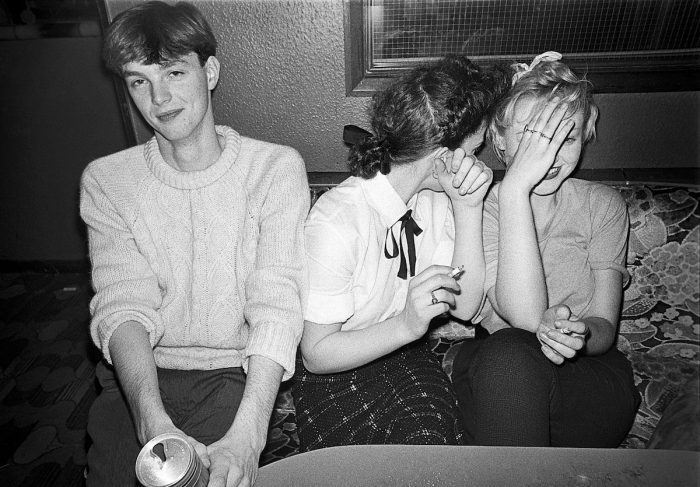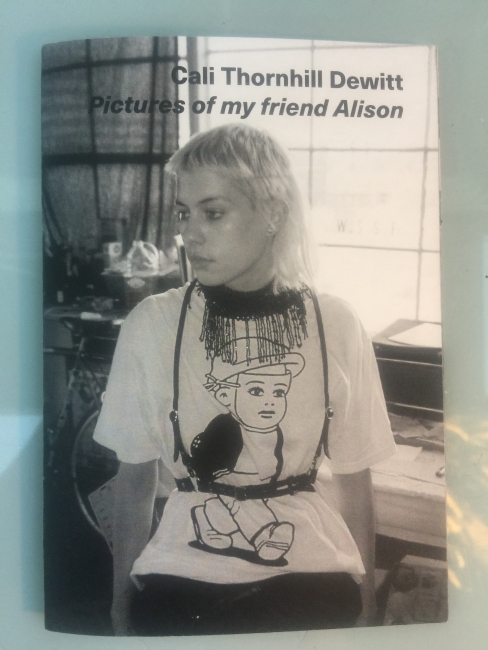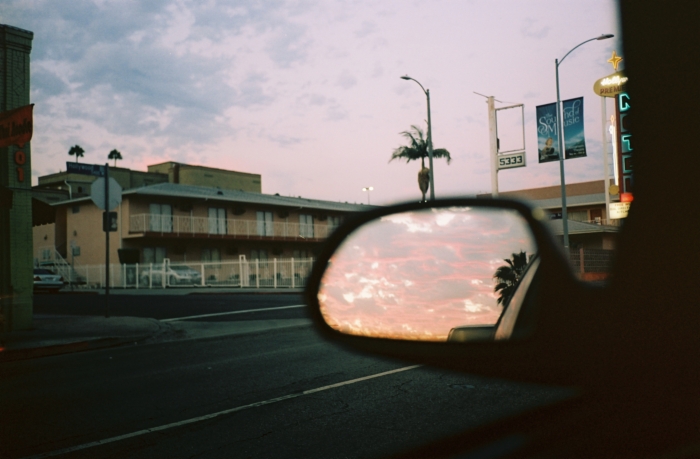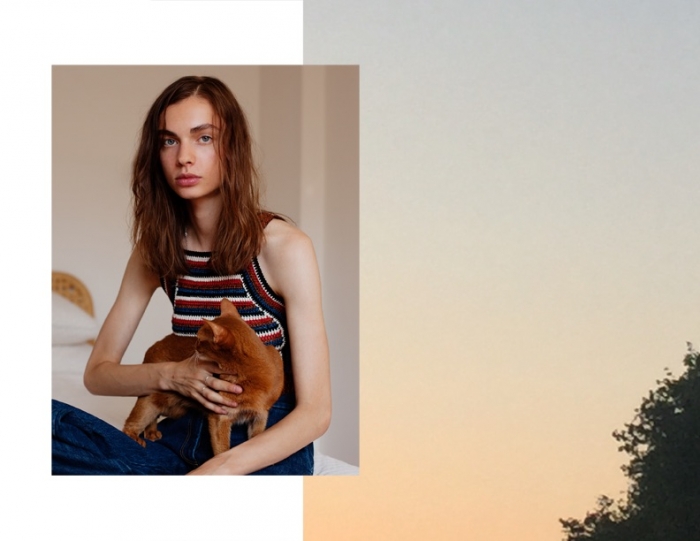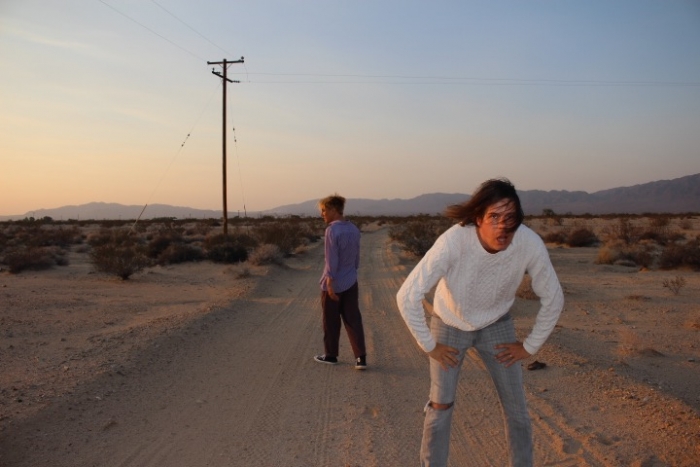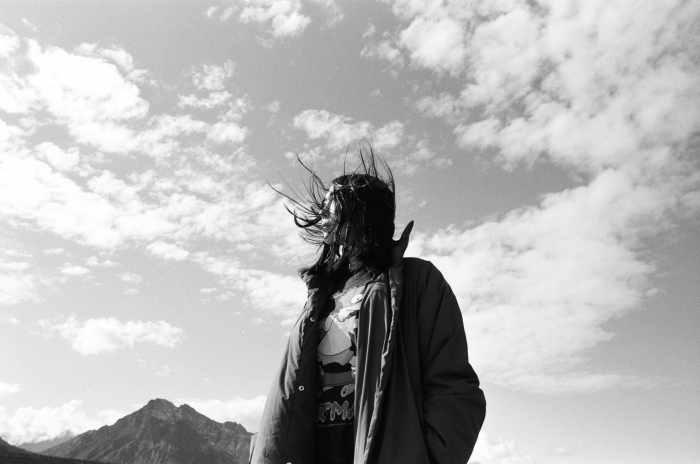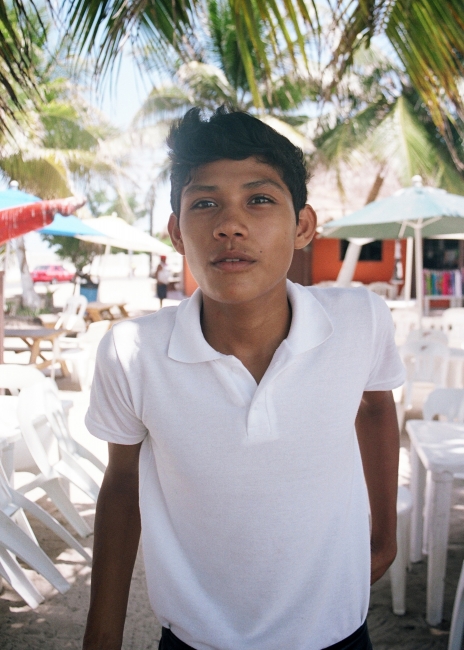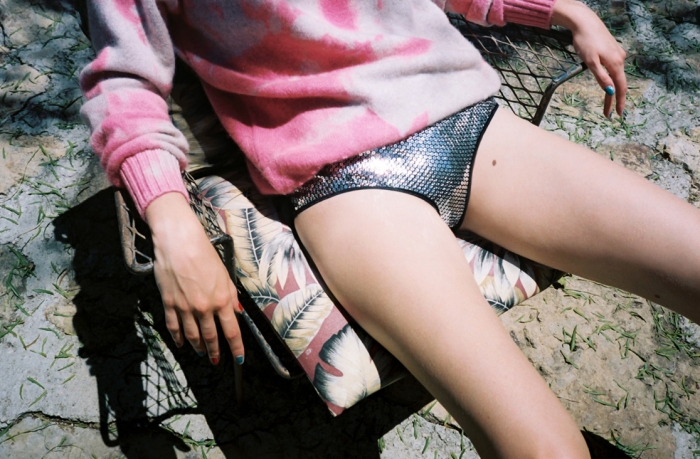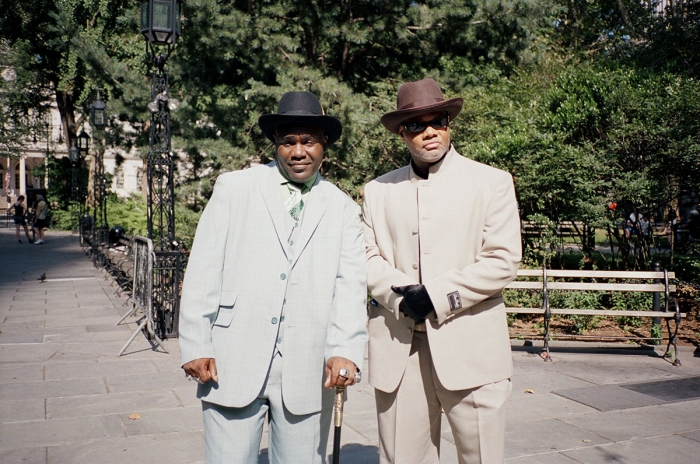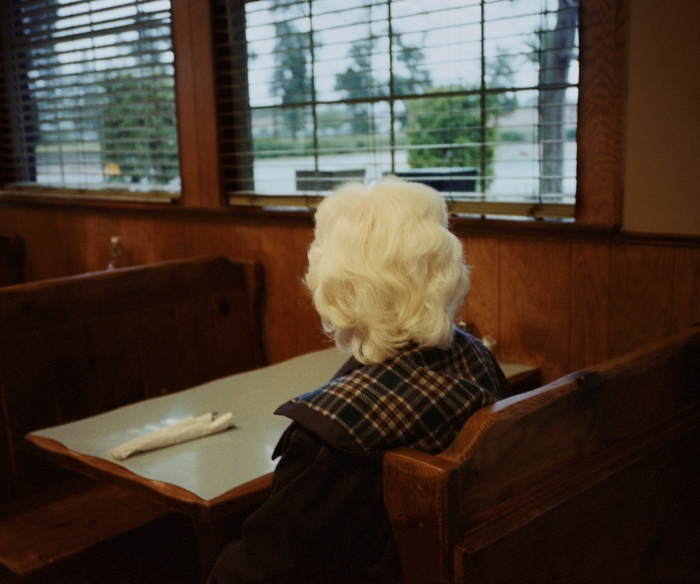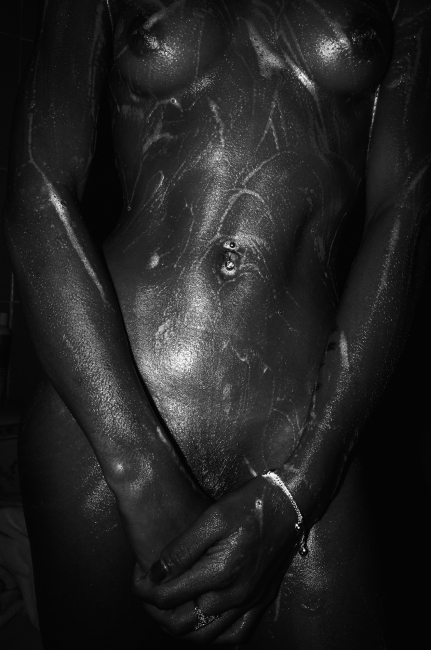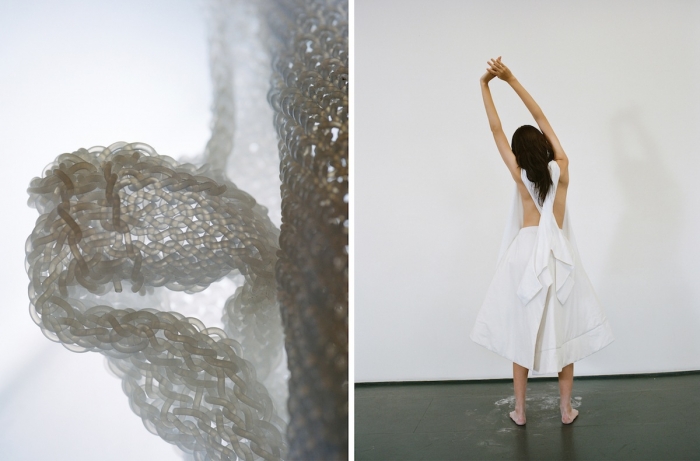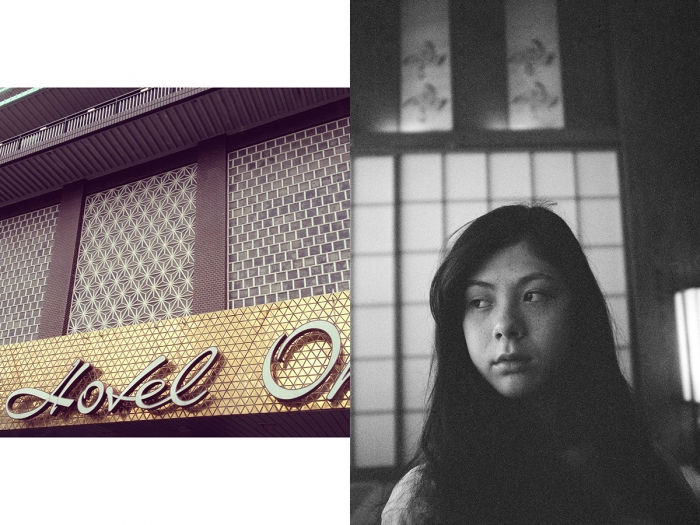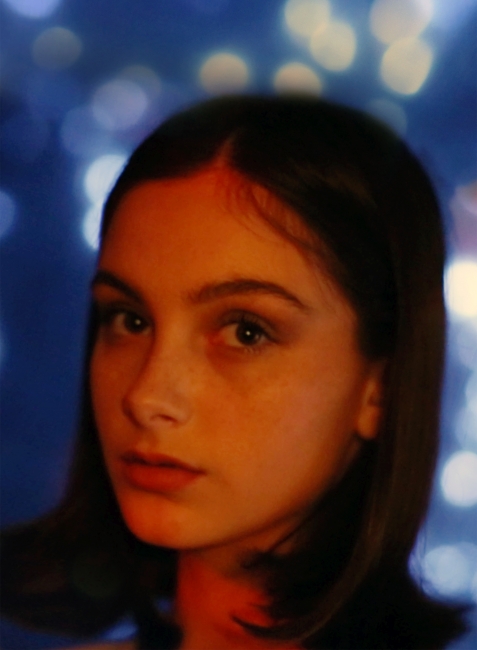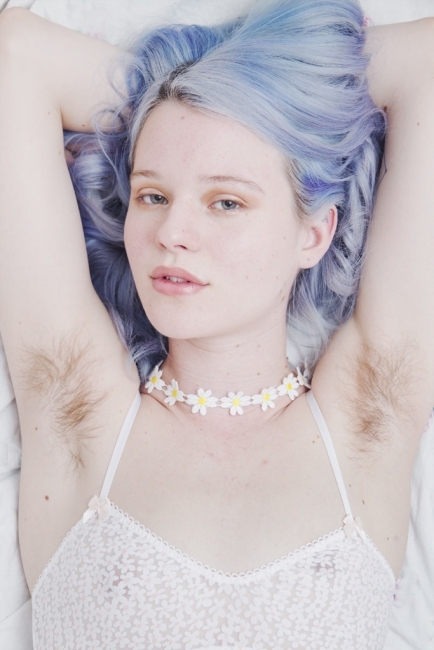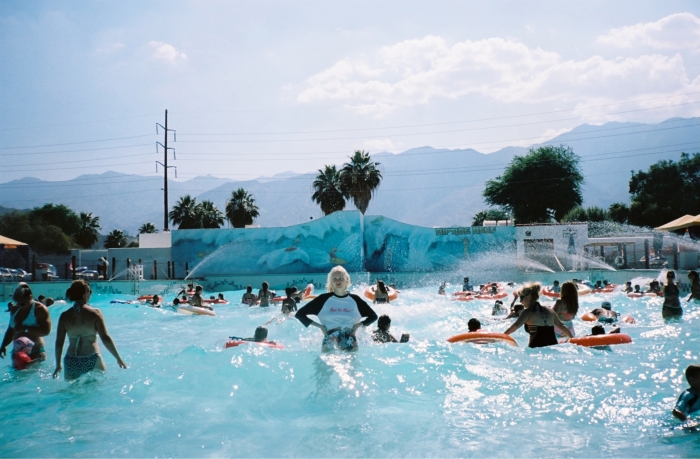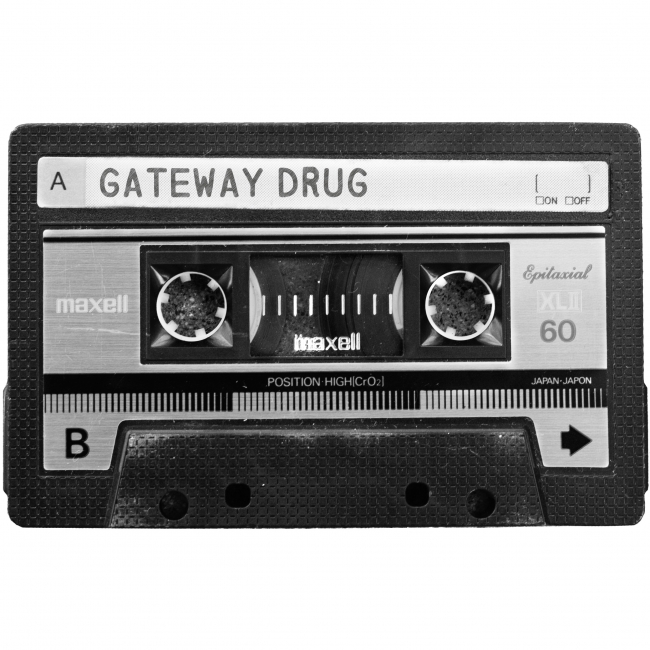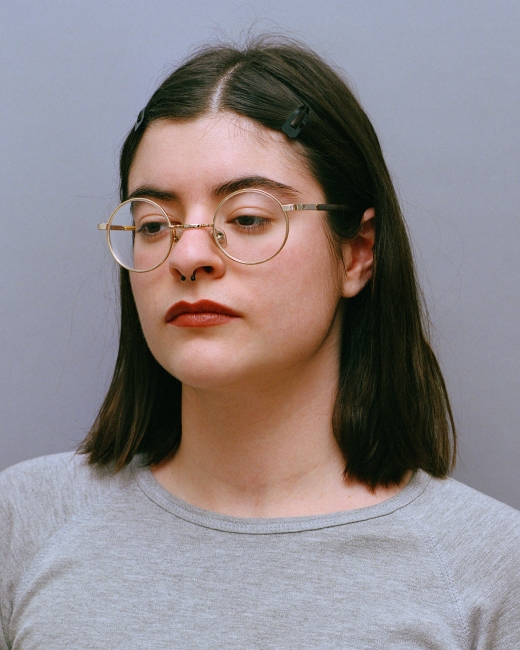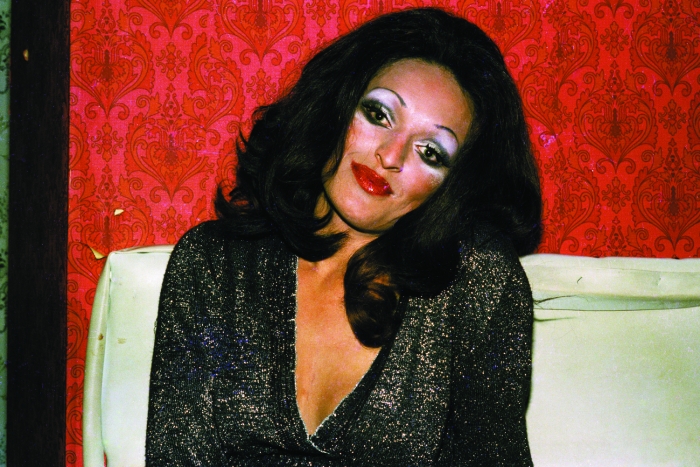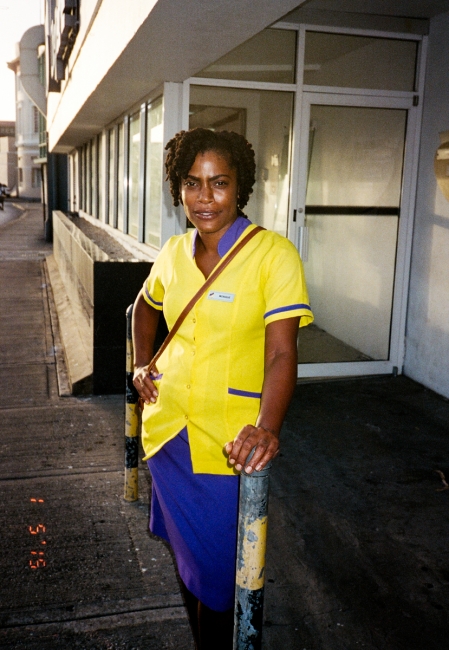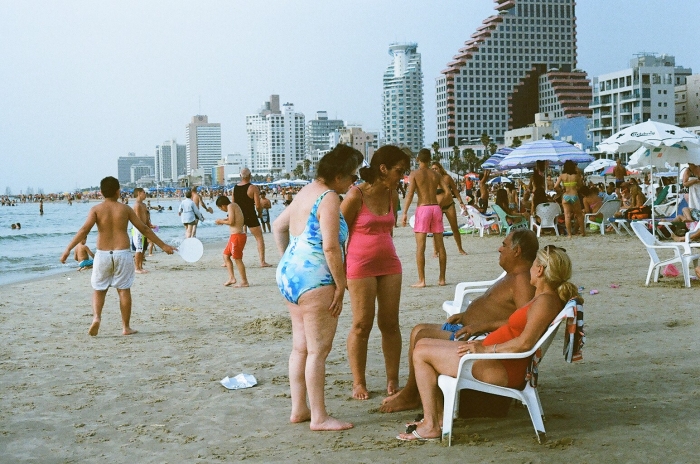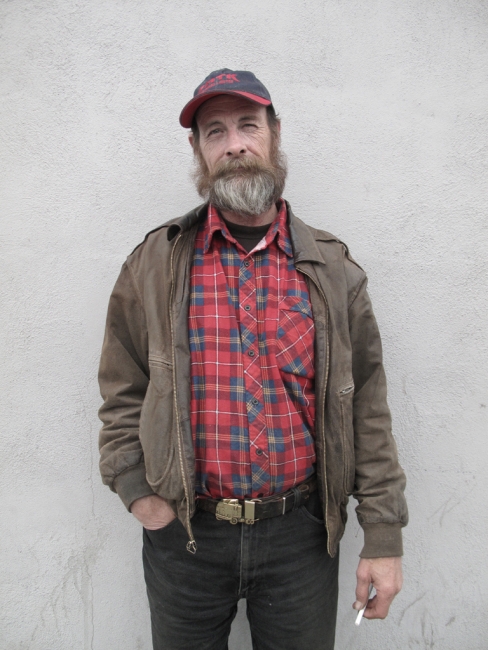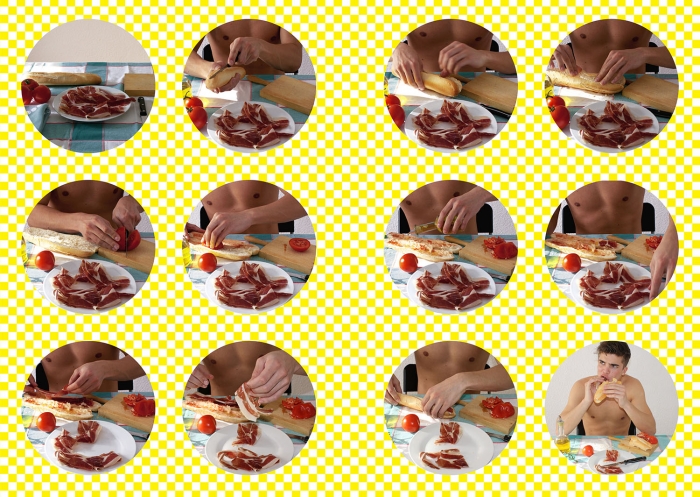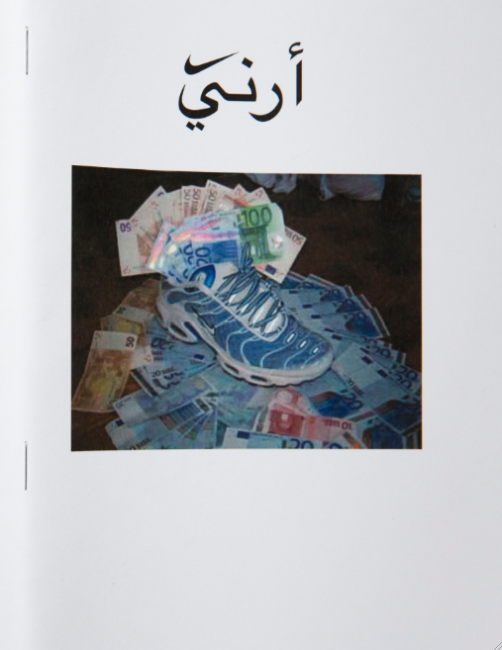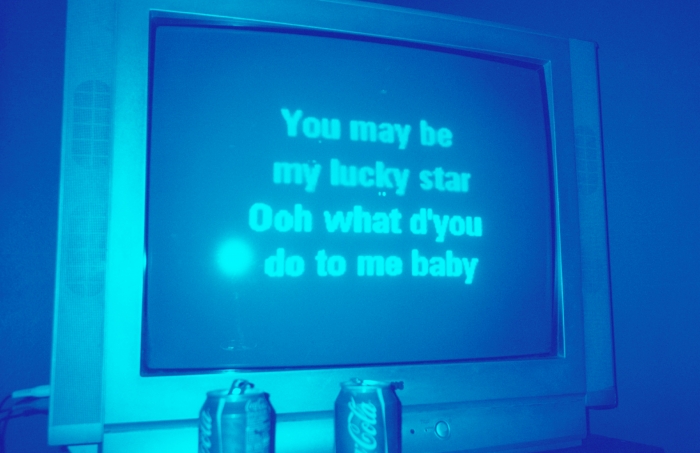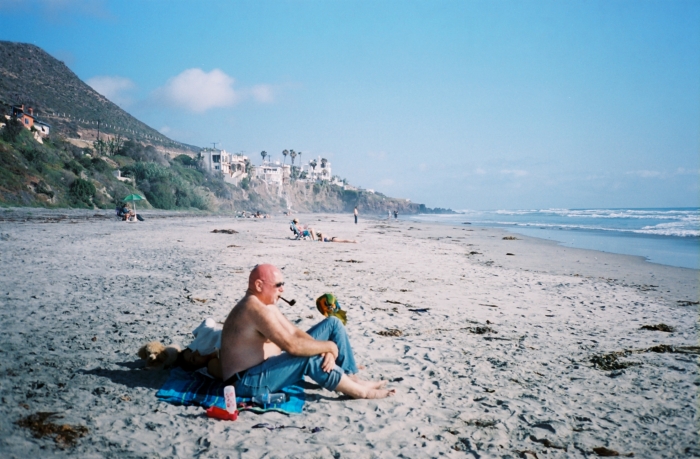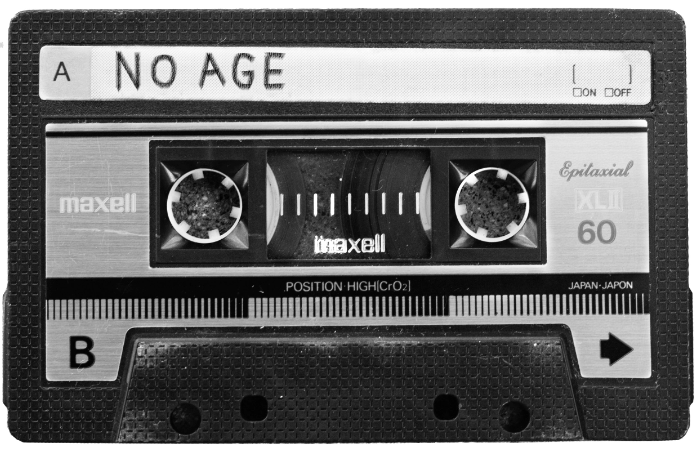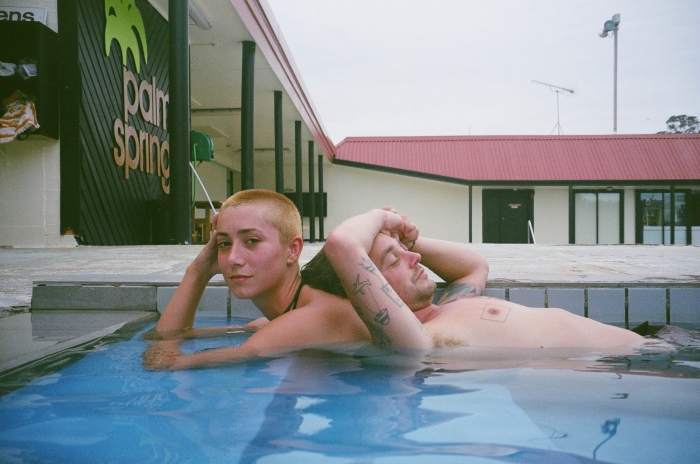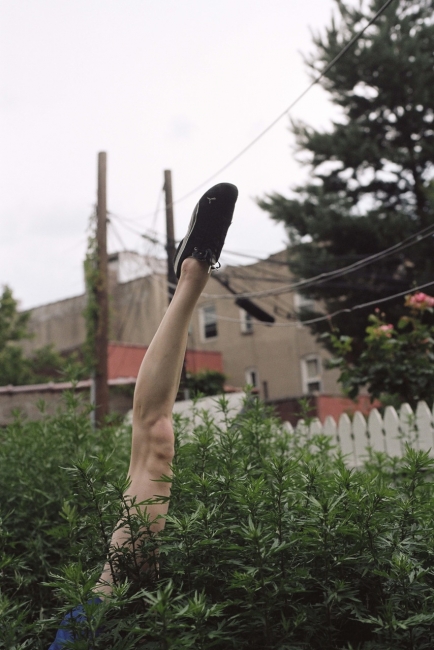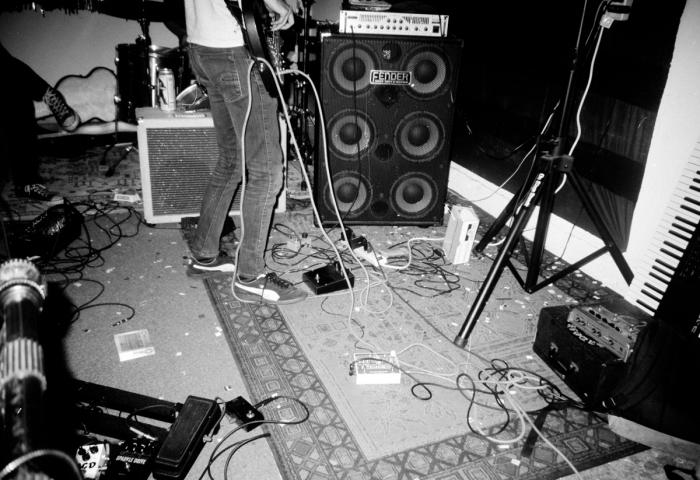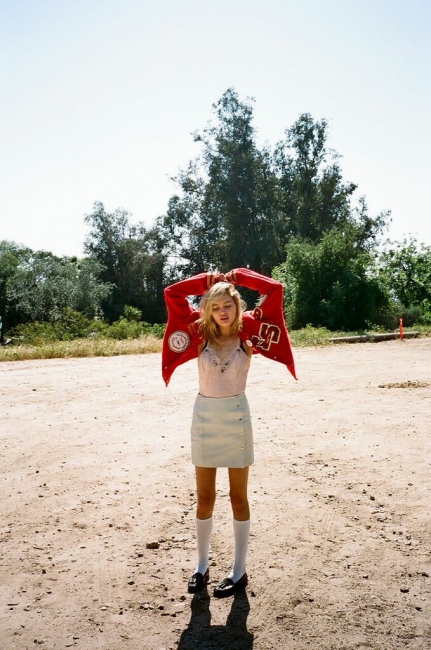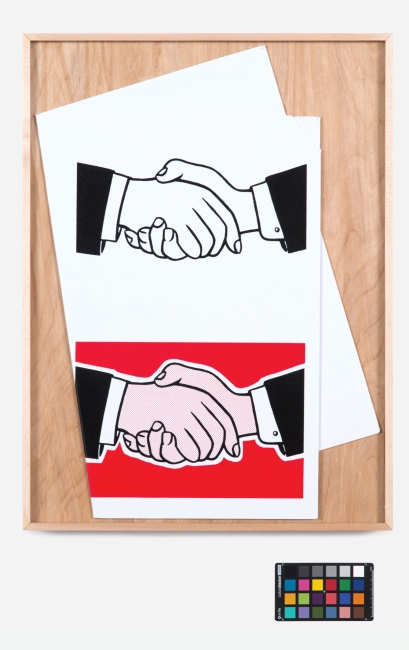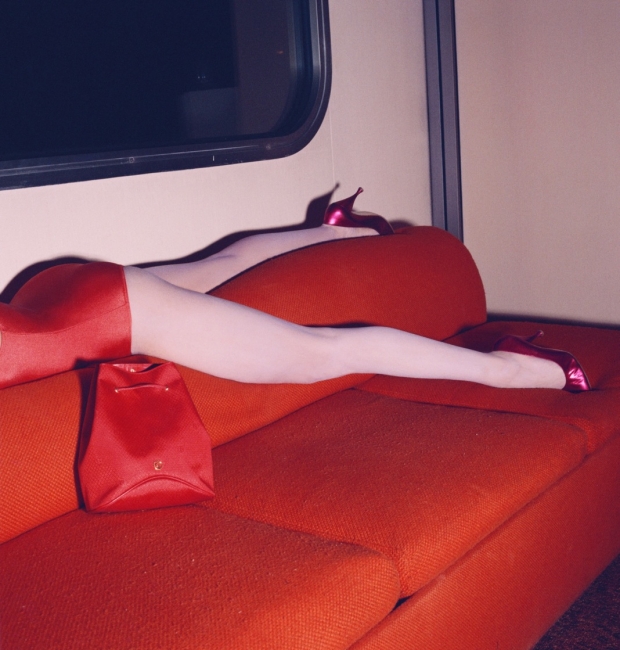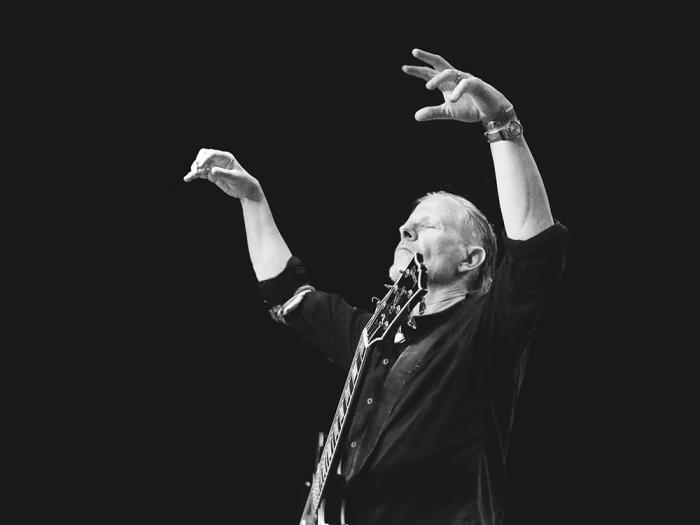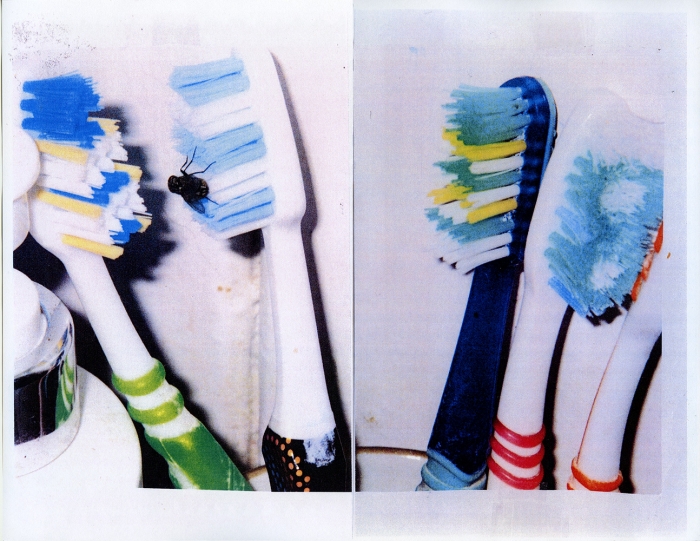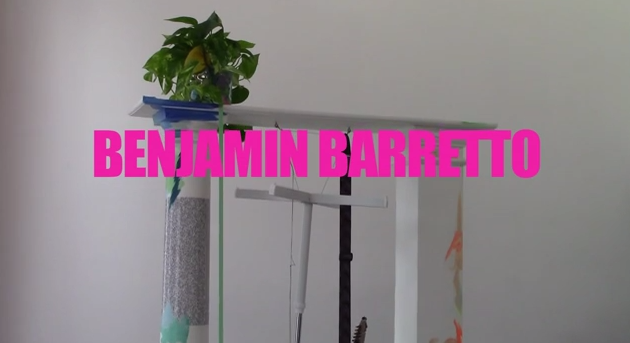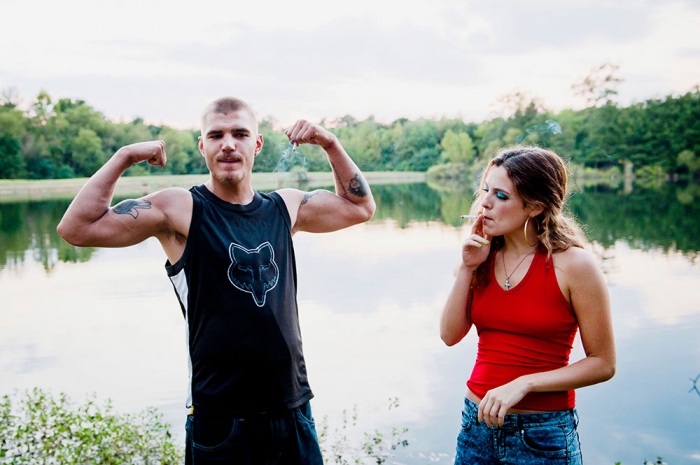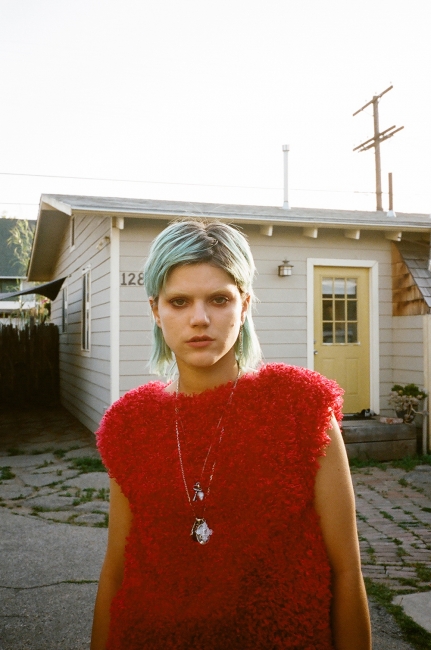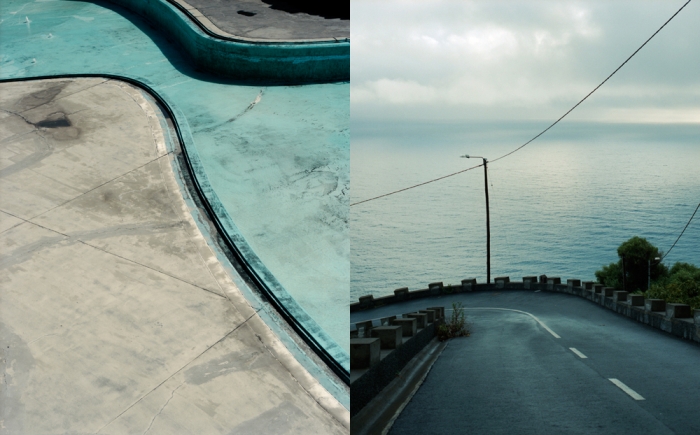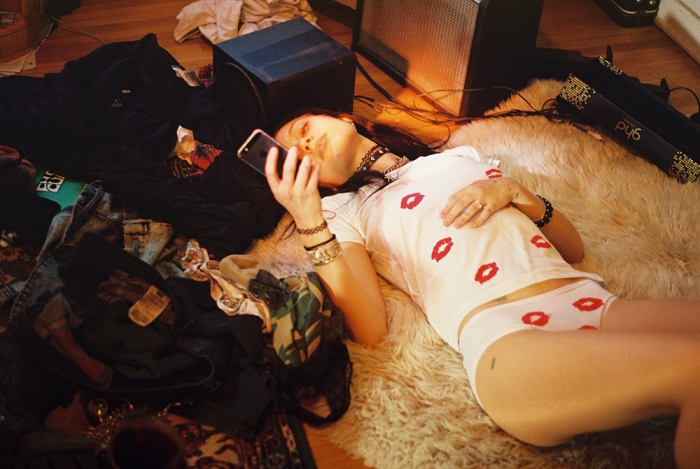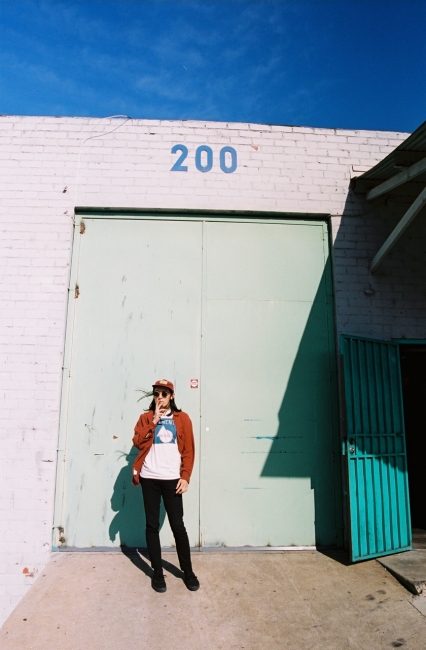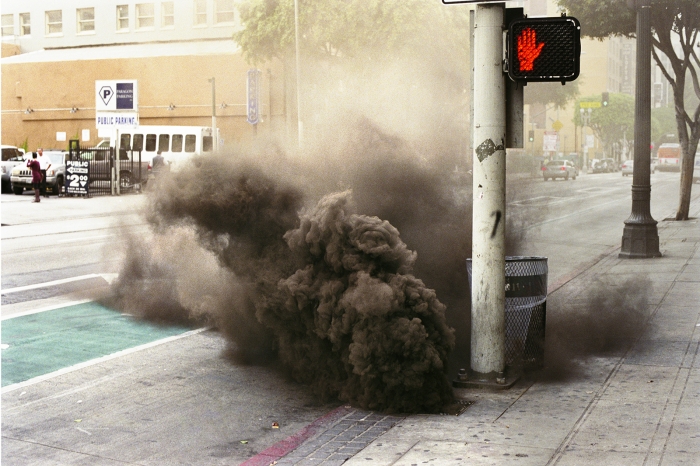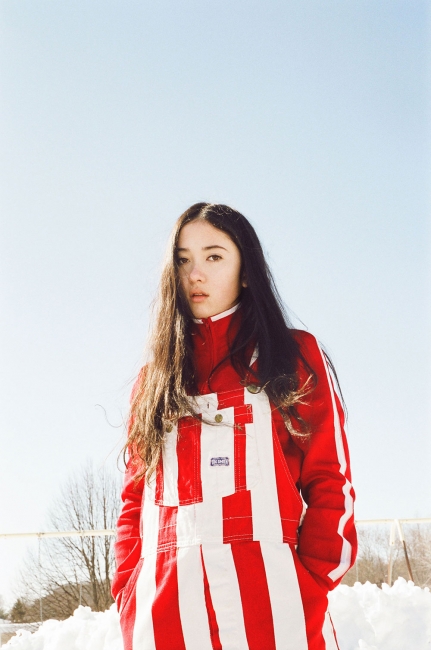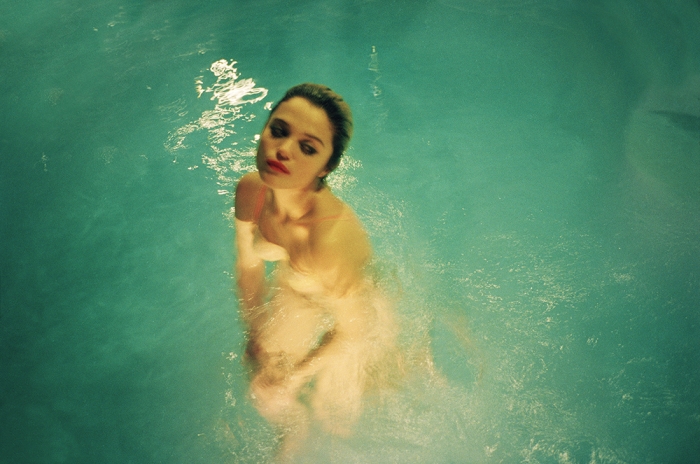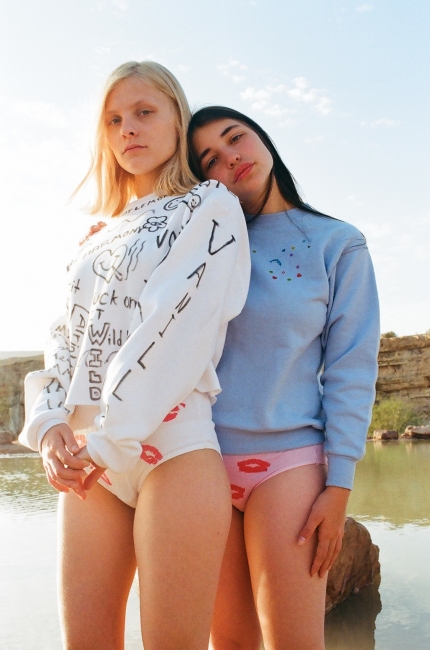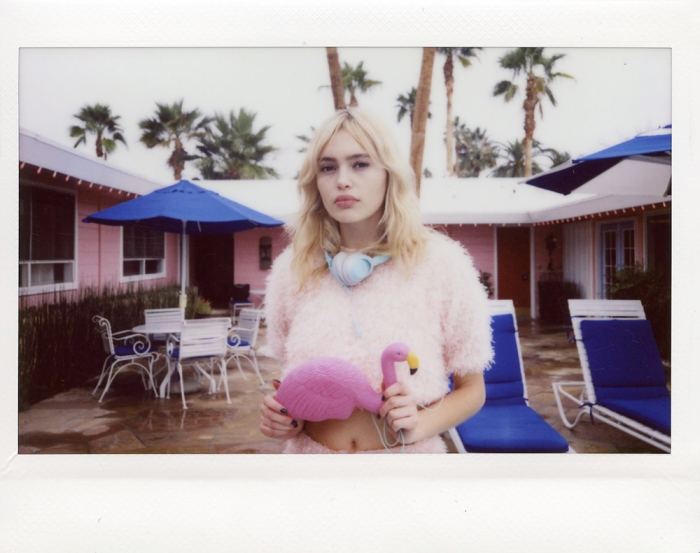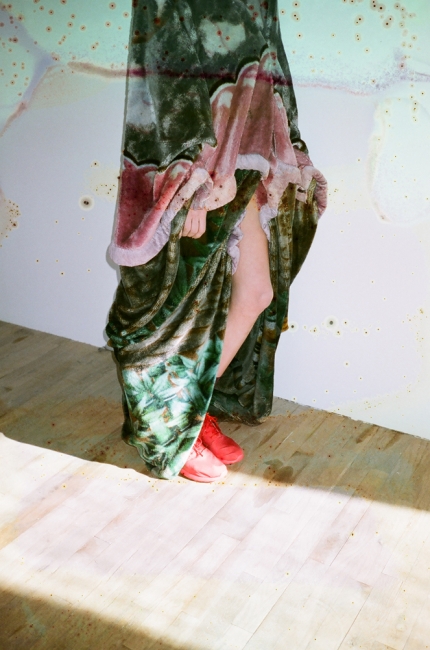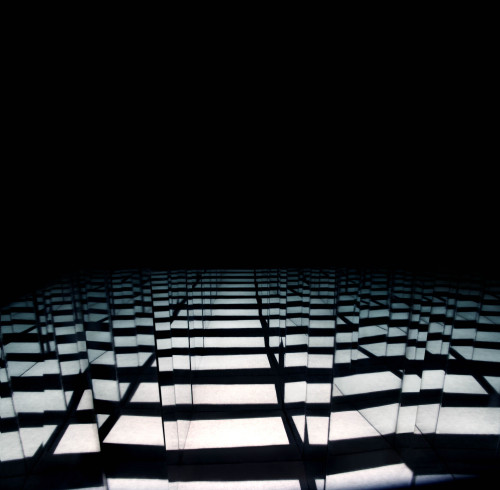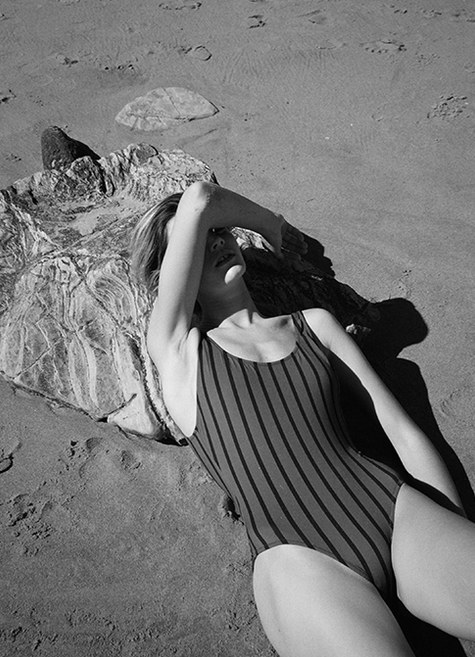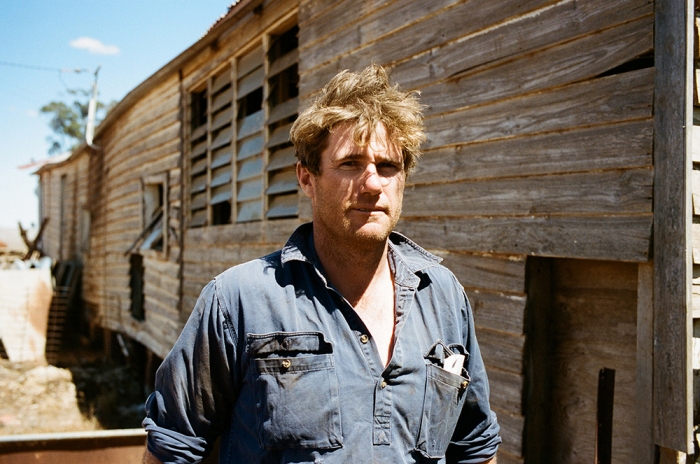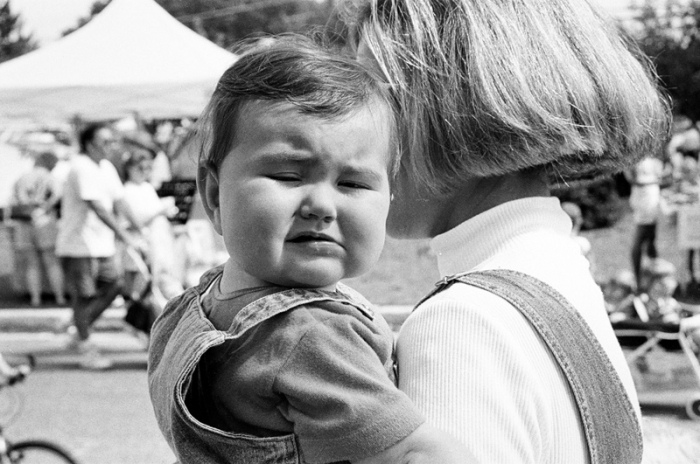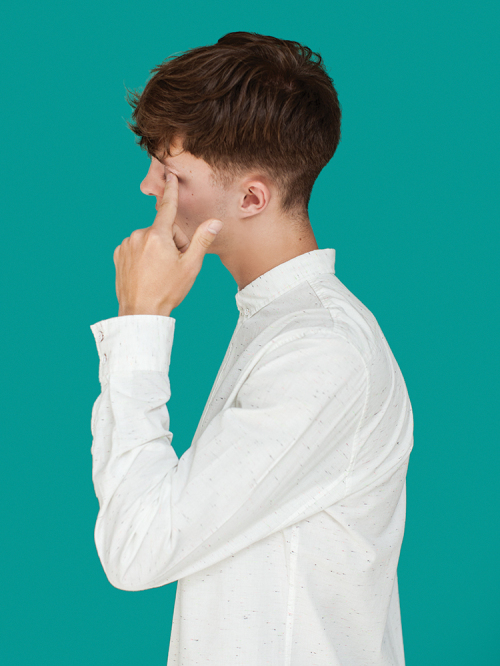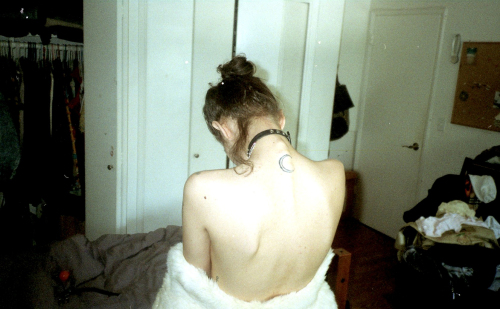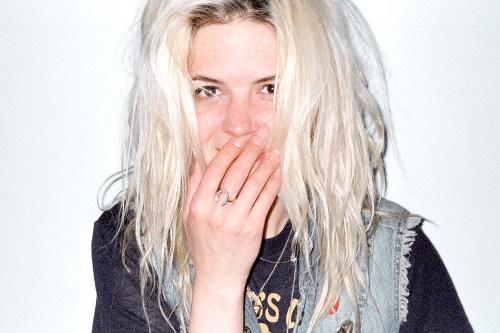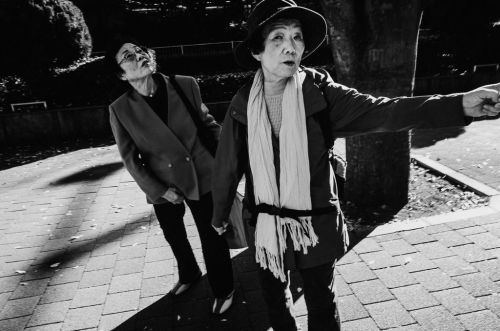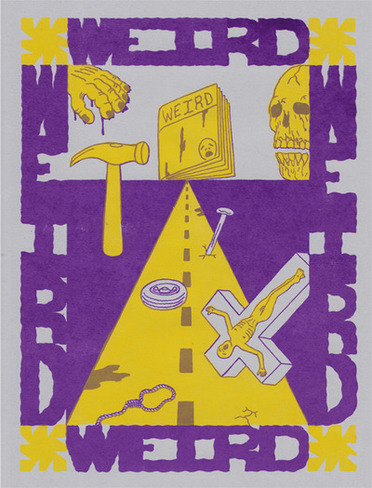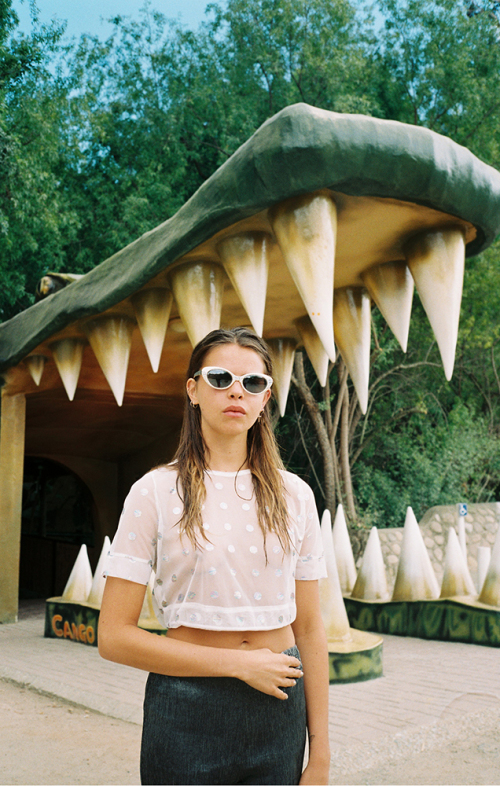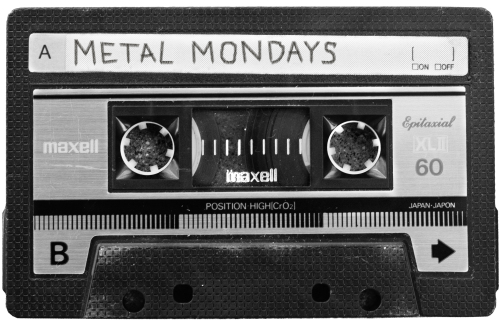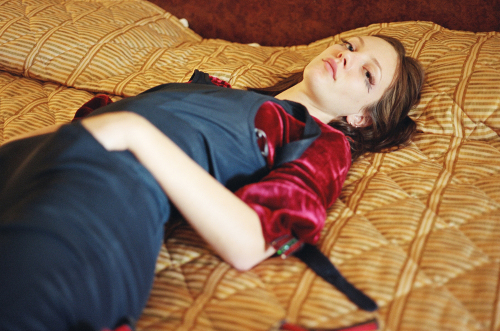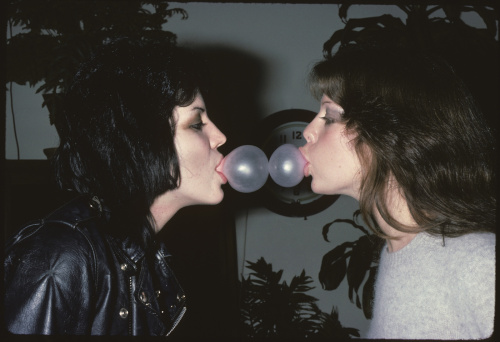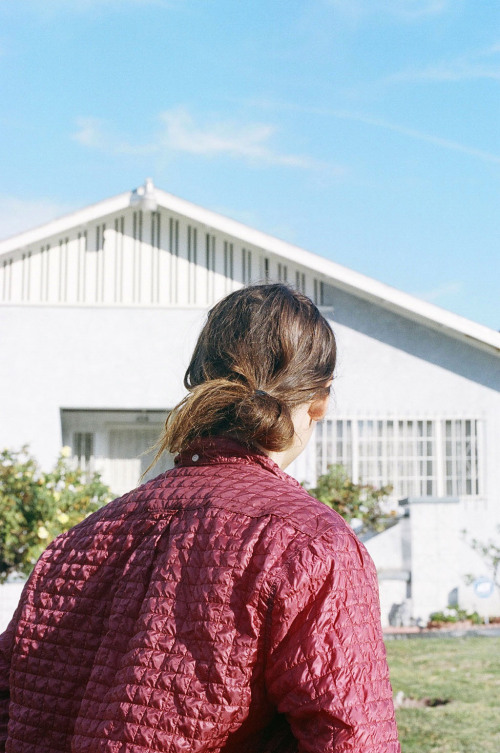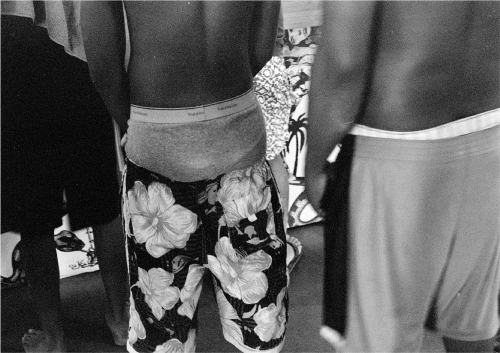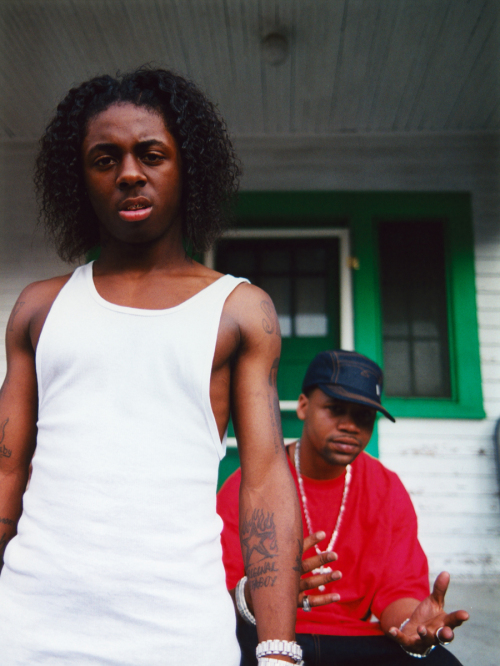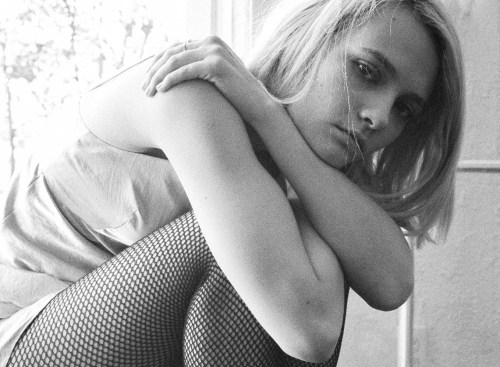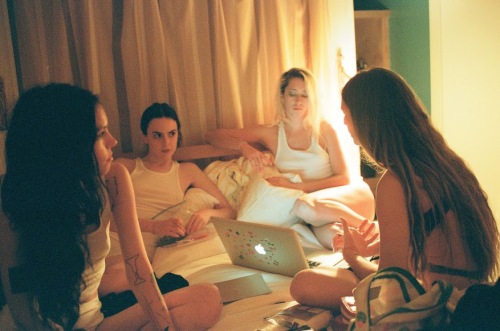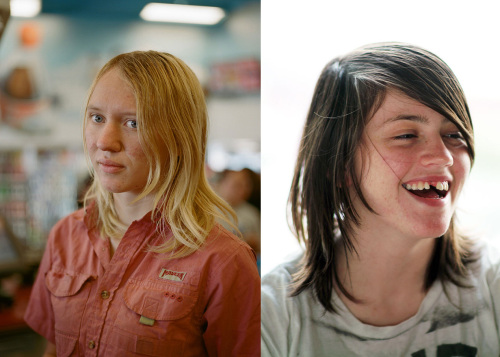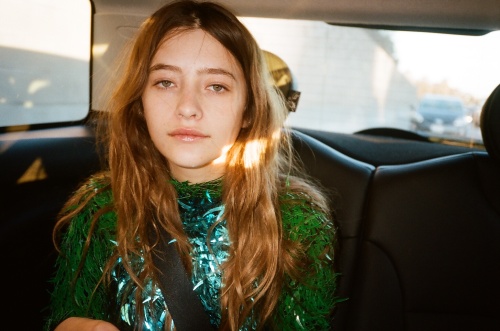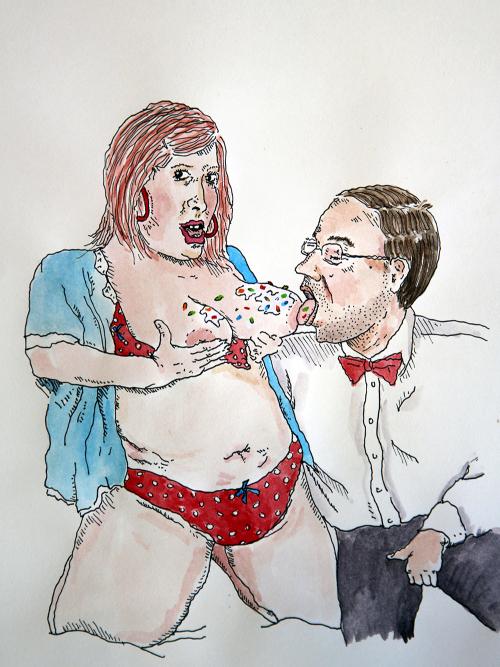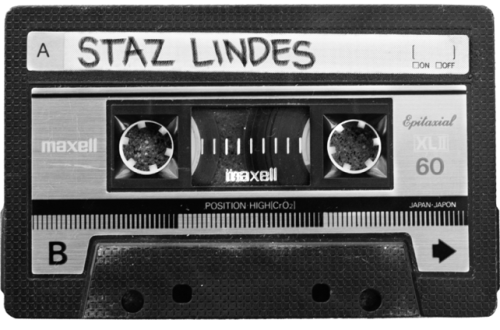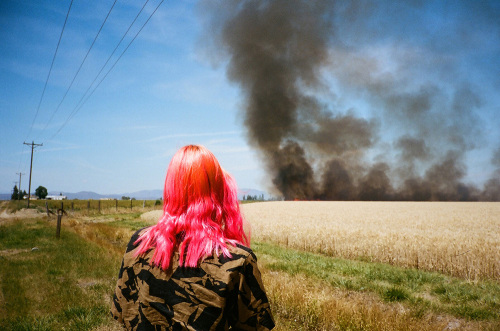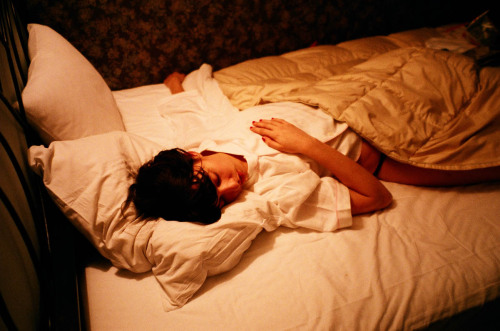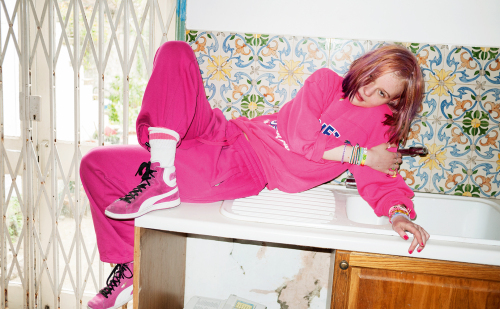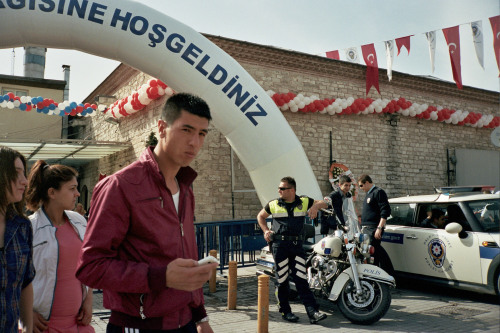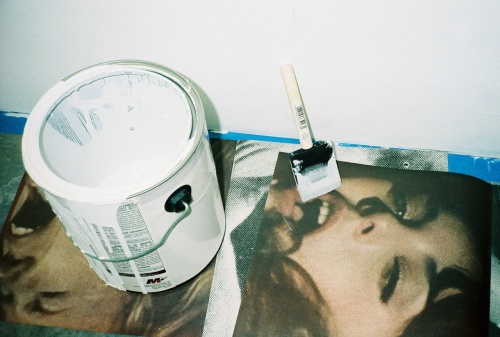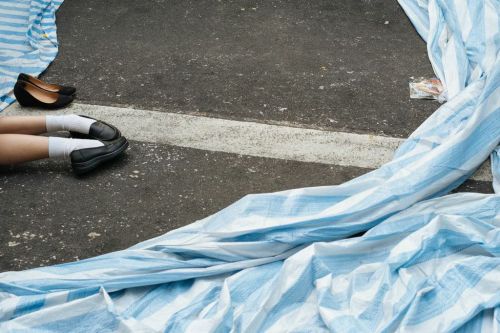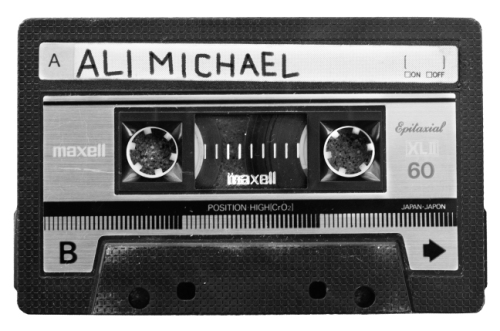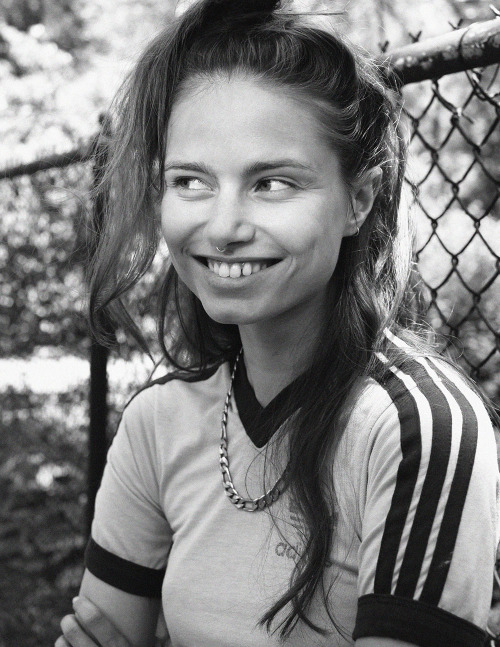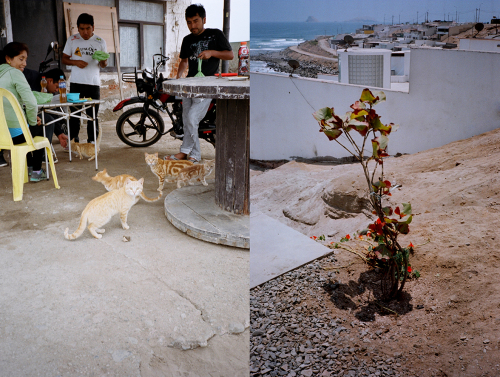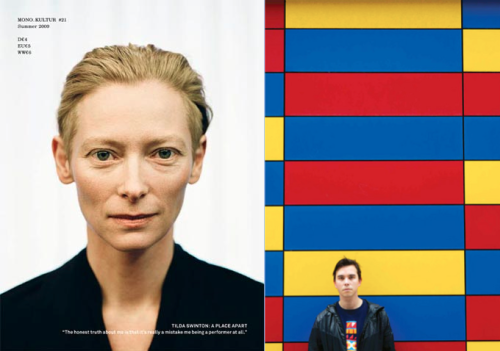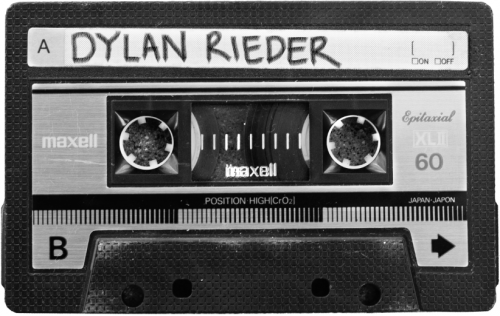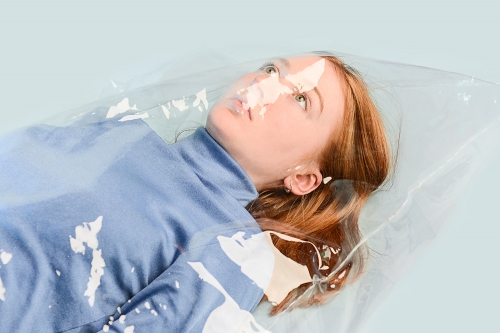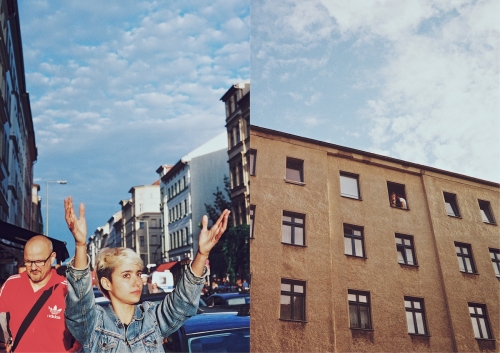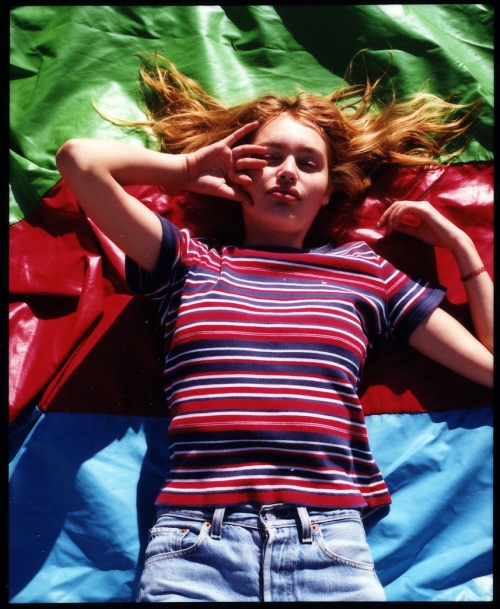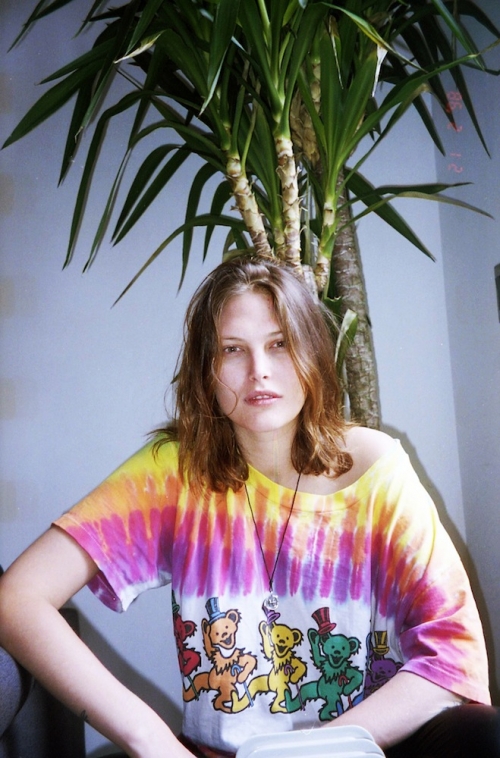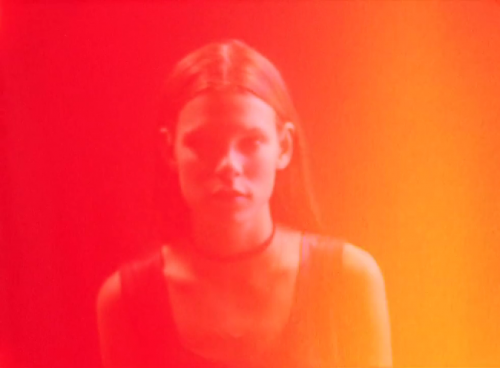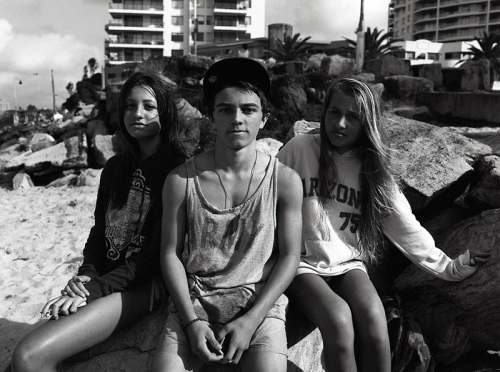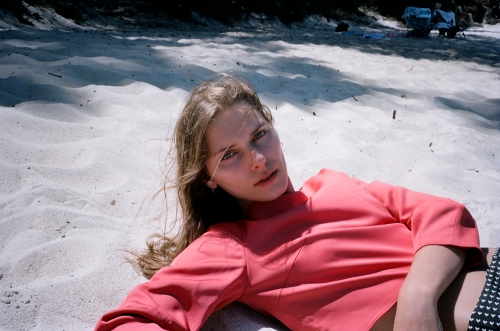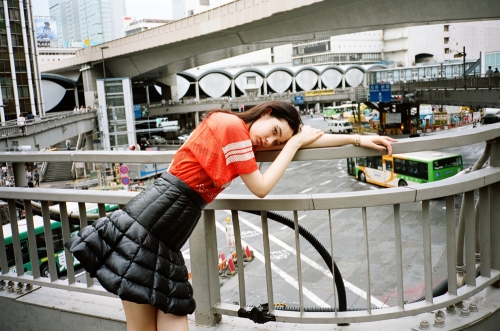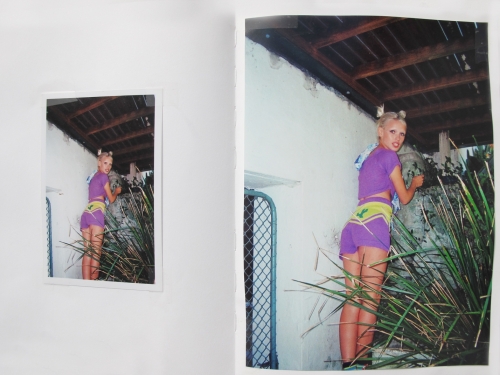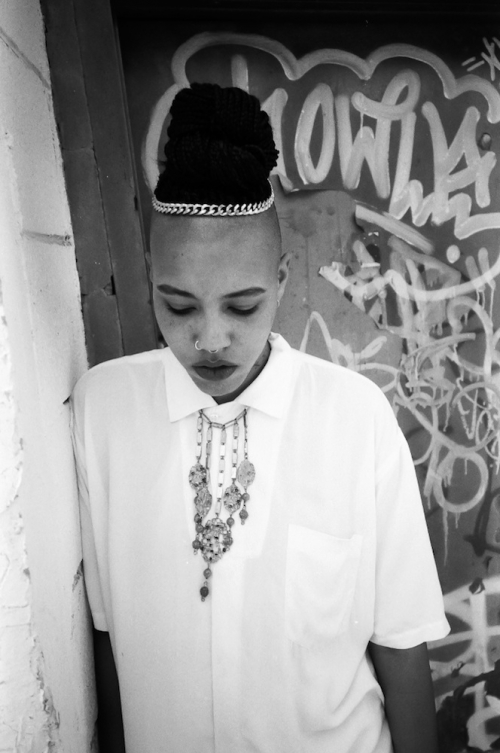We spoke to Photographer Bartolomeo Celestino about creating the images from his beautiful new book, Surface Phenomena. Out now through Perimeter Editions.
What was the starting point for this project?
I was classically trained as a landscape photographer. I assisted a lot of well known German photographers for many years. I always felt that the right project would naturally present it’s self, and that I’d be able to use that skill set
Working with large format camera’s is definitely a process that requires a lot of time. It’s slow photography. As the film types I use became less available and obsolete I started creating film plates as a kind of denial that this medium I loved so much was vanishing. The initial plates for the book were created about 5 years ago, they came from my observations and time spent in the ocean, and gradually they built themselves into the body of work that is “Surface"
The environment dictated the pace of the project though. I needed almost no wind otherwise the bellows of the camera would become a sail, bright sunshine to employ the apertures I required for the image circle to cover the film edge to edge, and then I needed huge swells that created the patterns. It had to be between 7ft - 10ft swell or larger, which normally only arrives on the eastern side of Australia in Winter. And they are normally flanked by the worst weather.
From what I understand these photographs were all taken from the same location in Bronte Beach. What drew you to this particular site?
Standing on a ledge that juts out from a cliff some 100m above the ocean changes your perspective. Literally. I cut my way through a hurricane fence, making a hole big enough to drag all my gear through and found what would become my spot. I would go when I thought I could make plates. Or sometimes just to escape the world. Somewhere where no one would ask me about the cameras I was using. Or just a place to watch the ocean and the swell. But I wasn’t alone, you’re never alone, not in an urban environment Someone had always been there. More like shadows, than actual people, they left clues for me. Left on the edge of that cliff I’d find shoes, neatly placed next to a little group of rocks, cigarette butts, empty wrappers, or discarded underwear, and then there was a wedding album or garbage bags filled with personal belongings. I was fascinated by the sadness and desperation of this place, in contrast to the youthful excitement it created too. The danger of it all, the crushing surf, the deadly drop, all contrasted by the natural sublime of the environment. It’s a spiritual place, and then it’s a very violent place. It’s a contradiction, like Australia. The more time I spent there, the more I realised the environment in Australia creates this kind of social amnesia. We become obsessed with the sand and the surf, and the sunsets and the storms. And we forget about all our social responsibilities, about how violent we’ve been to our environment. The denial of our past, denial of whats to come.
Originally I stated a series titled “on the edge”, documenting the social detritus of the spot. But the more time I spent there, the more abstract my thoughts became. The more I was hypnotised by the environment. All these thoughts though crafted the book, the plates became more about my reaction to the world and less about the environment I was recording. When the sieve 221 sunk off christmas island, the project took on a new depth. The process of creating theses images became therapy. The wash became a surface that projected all our history, our fears and our guilt.
What made the large format medium right for this project? What advantages / challenges did it present?
These cameras are as much about the process as they are about the product. But the most important thing to me was the film. Film is a slow and meditative, considered thing. The camera’s are fragile and almost impossible to use in the environment I was employing it. But when you see the results, its tangible and real. When you stand in front of a print from an 8x10 plate. You can’t help but be moved. The detail is amazing. I can crop into a section of the negative and be amazed by whats there. Thats the magic of photography. Film is magical. You really feel like you are crafting something special.
And there are no batteries, no monitors, no second chances. Theres just you, and a box that holds the lens apart form the film. You make decisions and you wait to see how they pan out. And you either know what to do, or it doesn’t work. It’s primitive technology and thats what I like. There is an authenticity that is important to me, theres a satisfaction in the process that washes away all the disappointments and frustrations of using that medium.
Your personal process as photographer of this series parallels the nature of the resulting photographs - existing in a repetitious and methodical seriality. Returning day by day with a kind of oceanic regularity, did you ever feel as though your process and outcome became in synch? Was this ever the goal?
Theres a strange kind of communication occurring, that is in some kind of synch.
The process is perhaps personally more important to me than the product. But for others perhaps the product is the start of a conversation for them.
The process asks more questions of me than it provides answers. Can anything be viewed in isolation? It’s a point of view. It’s context. I’m interested in everything as a whole. In general, I think we’re naive to think that something we do on the other side of the world isn’t affecting us here. How it affects everything, how it’s all connected. Everything is in series. We’re in series.
Nature adapts, we adapt. It is random and so are we. To even feel connected for a moment is special and addictive. And for me change and flux, are also hypnotic. And it never ends, I’m still going to the same spot and making the same plates. Maybe it’s not obvious what the purpose of this all is, to me personally. I just felt compelled to do it. Maybe the environment is trying to tell me something, something cryptic and universal. It definitely provokes thoughts I haven’t fully realised yet. Maybe the important things aren’t always obvious.
Available here from Idea Books
